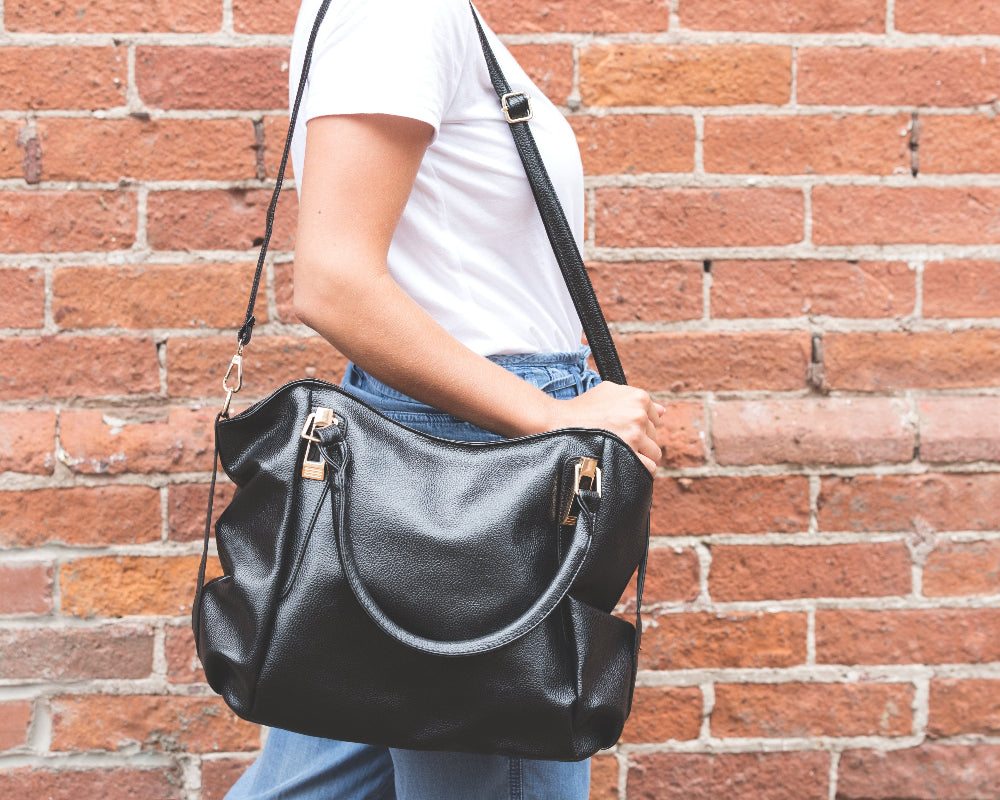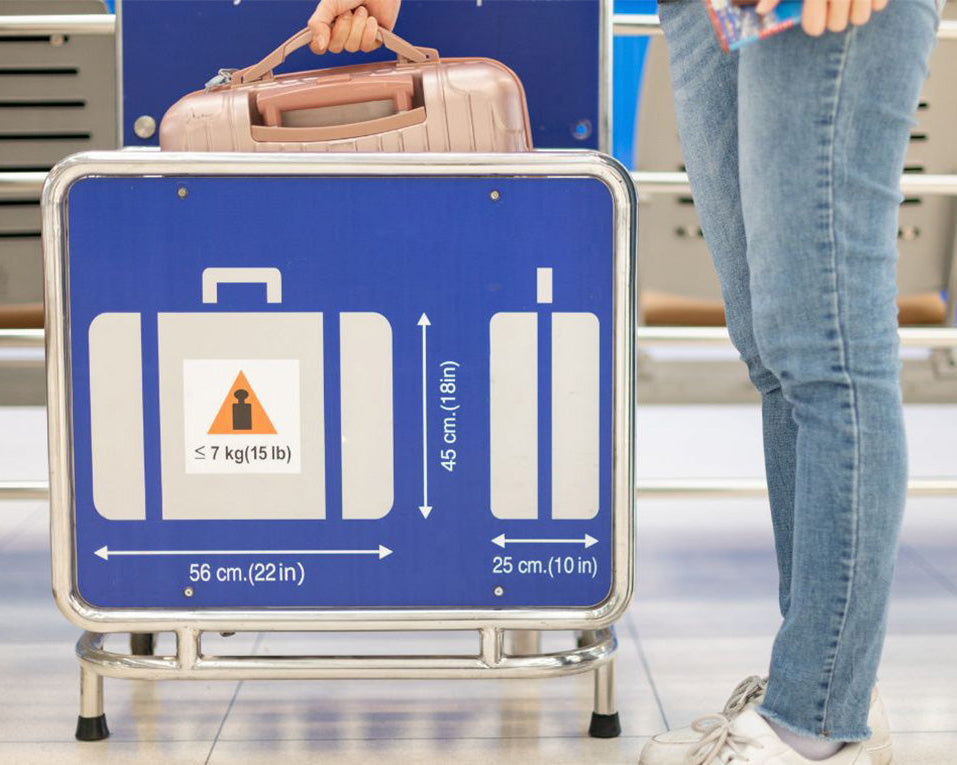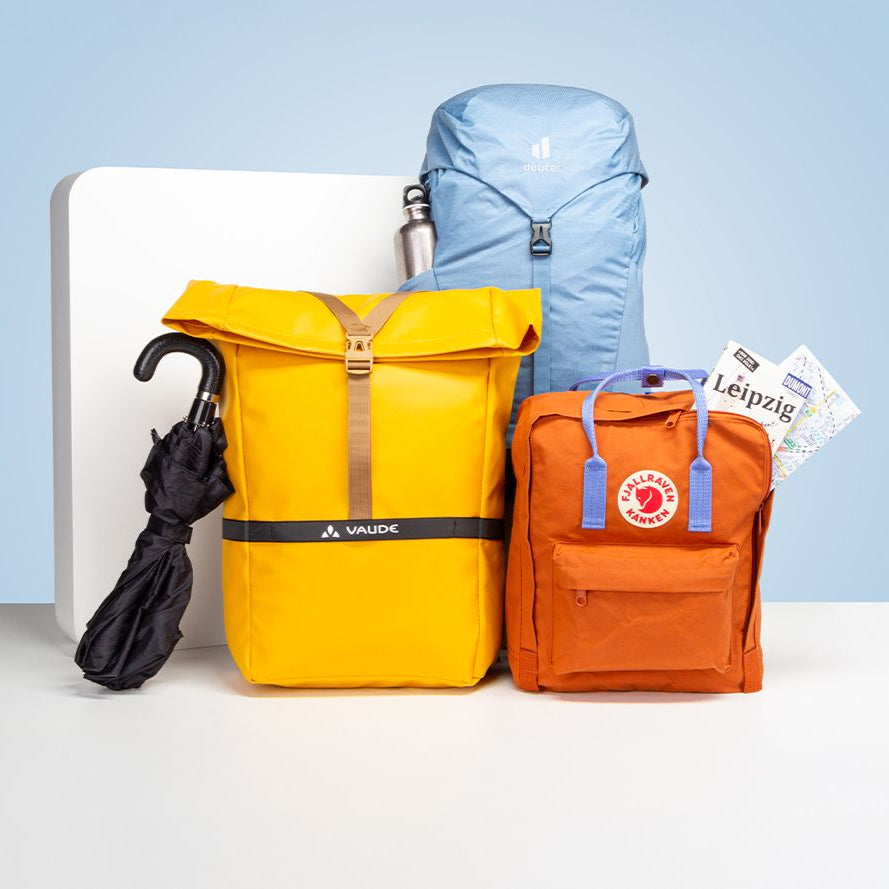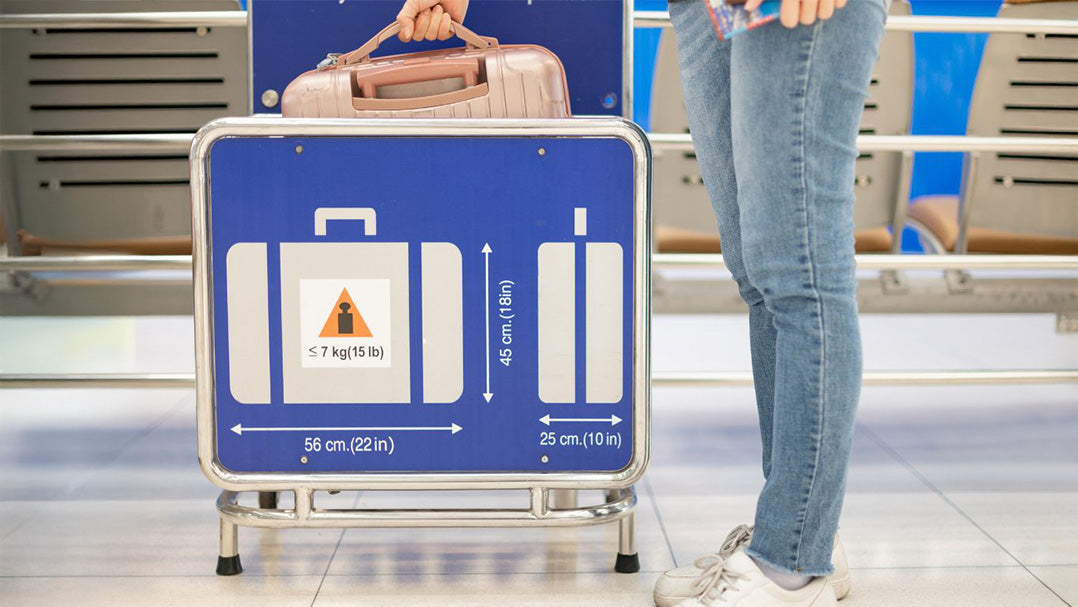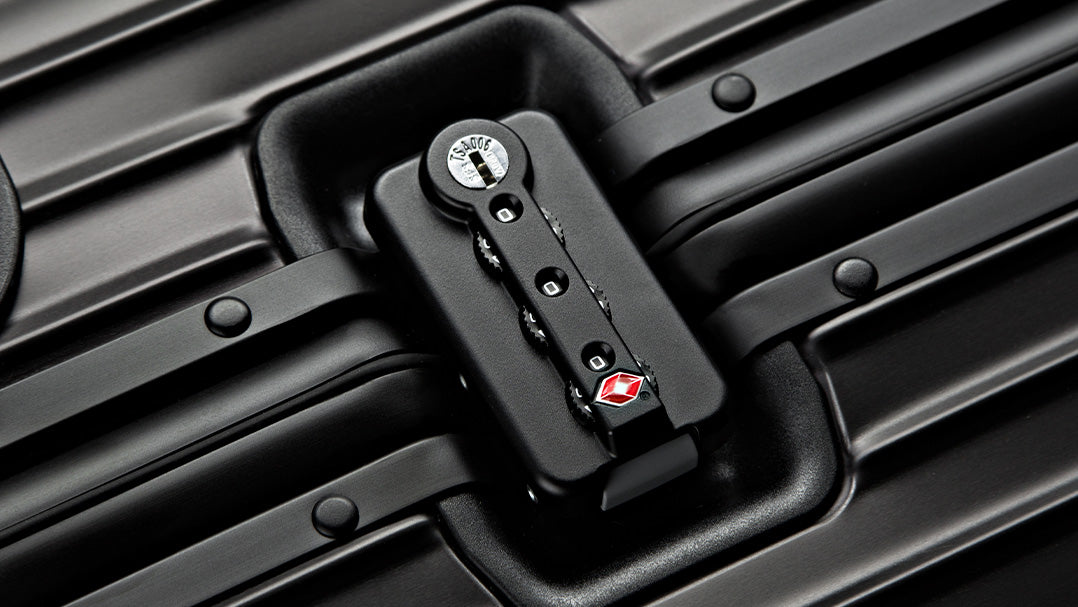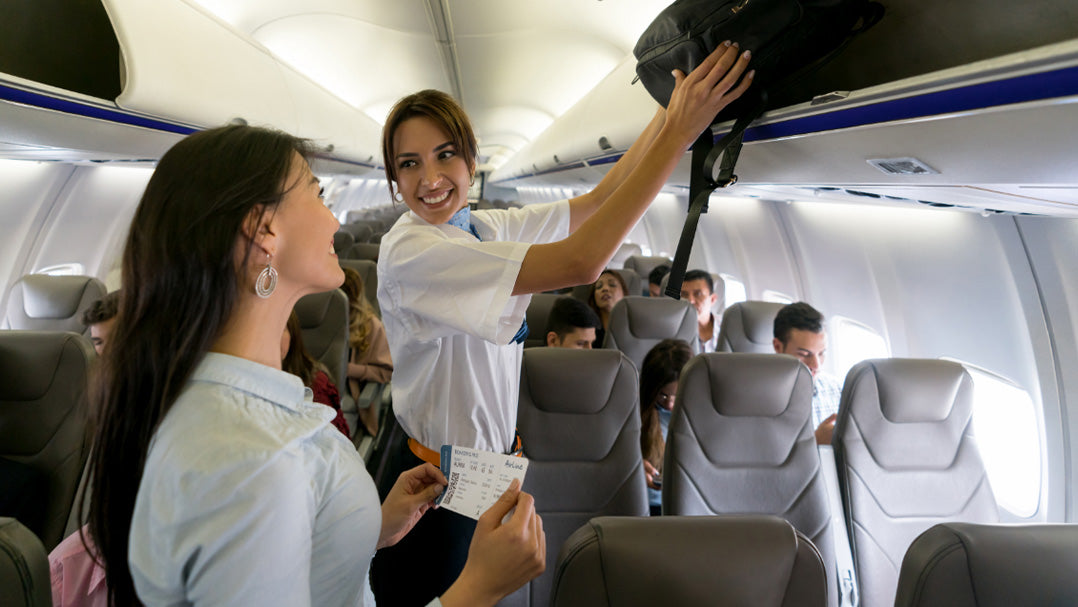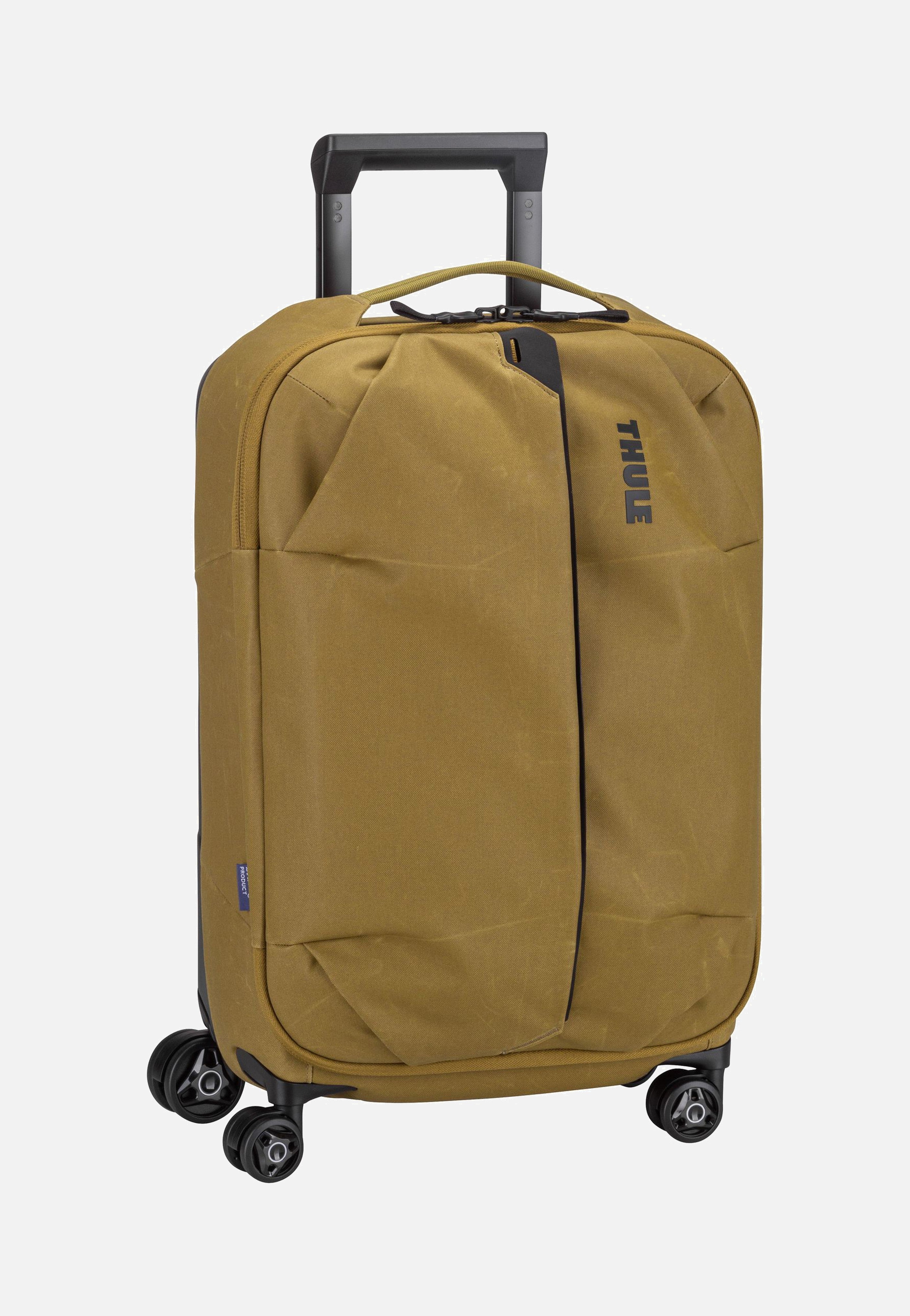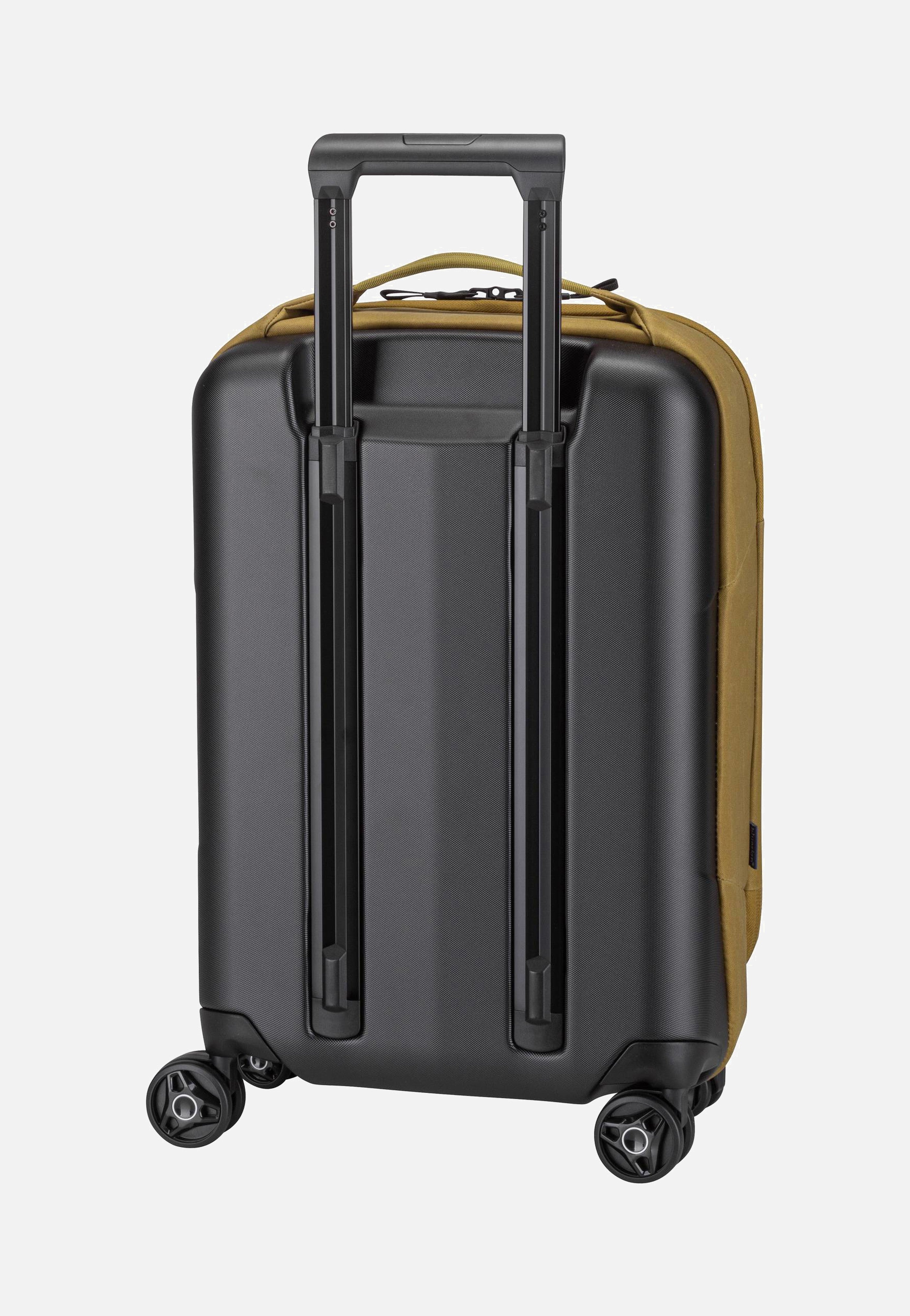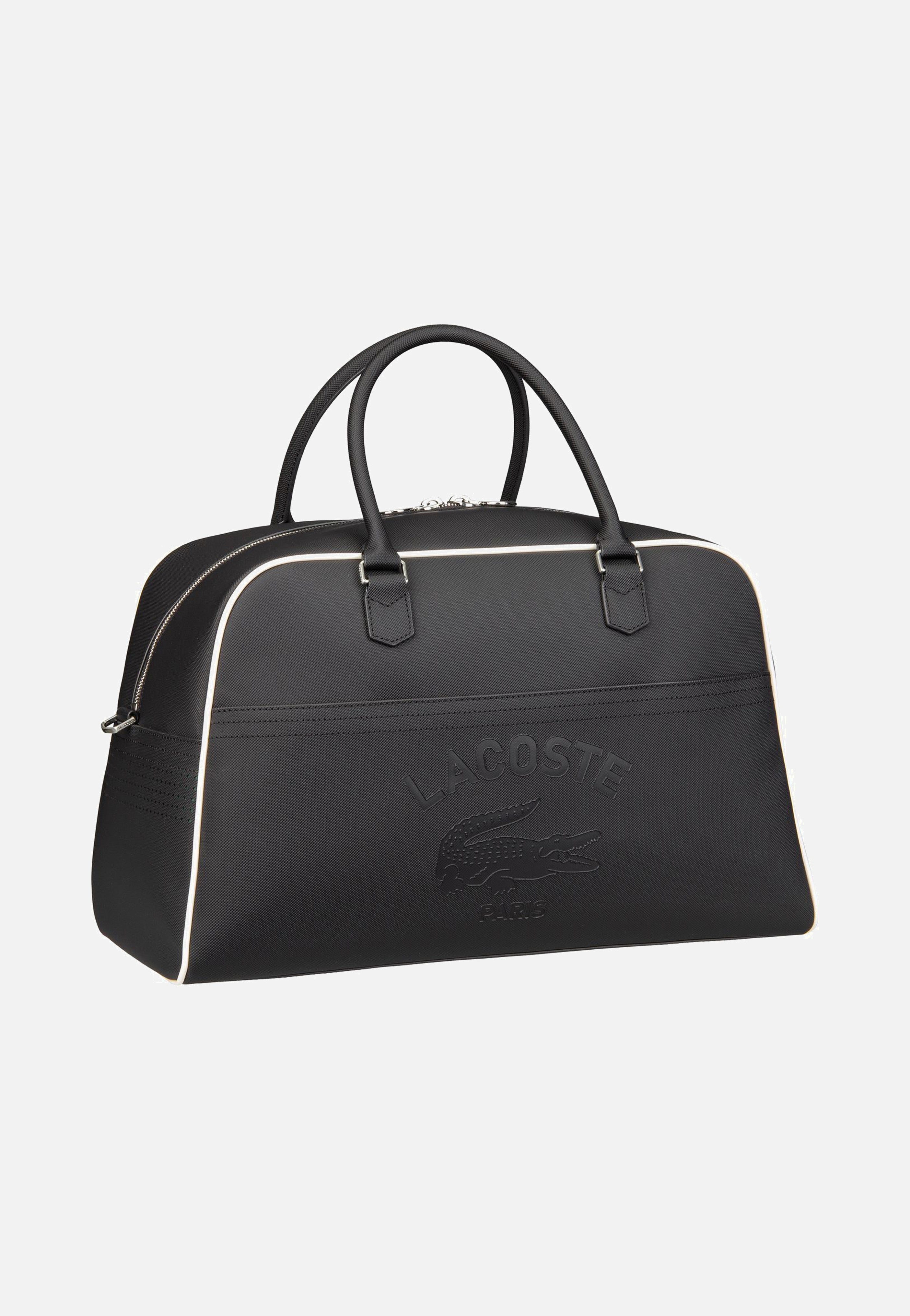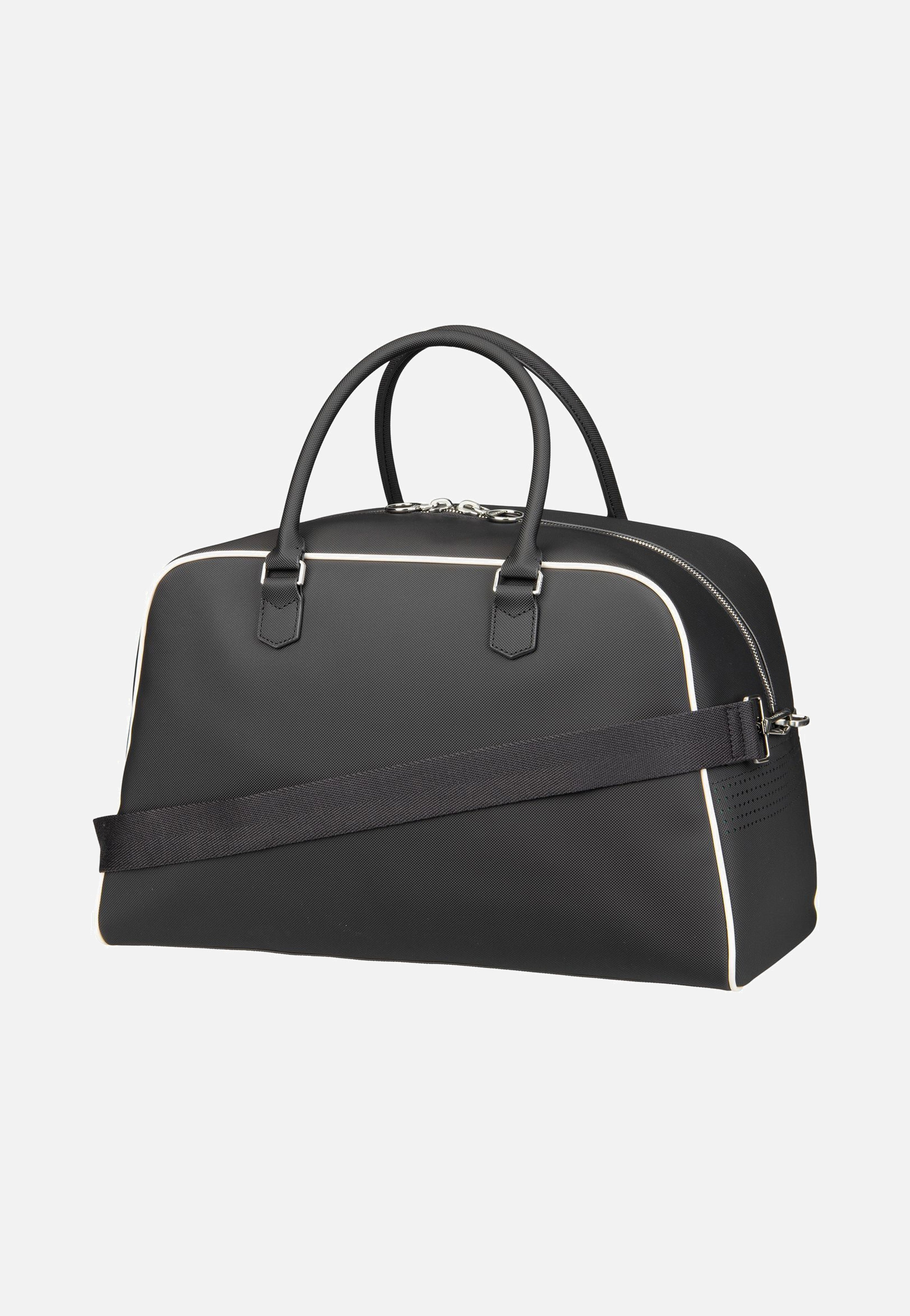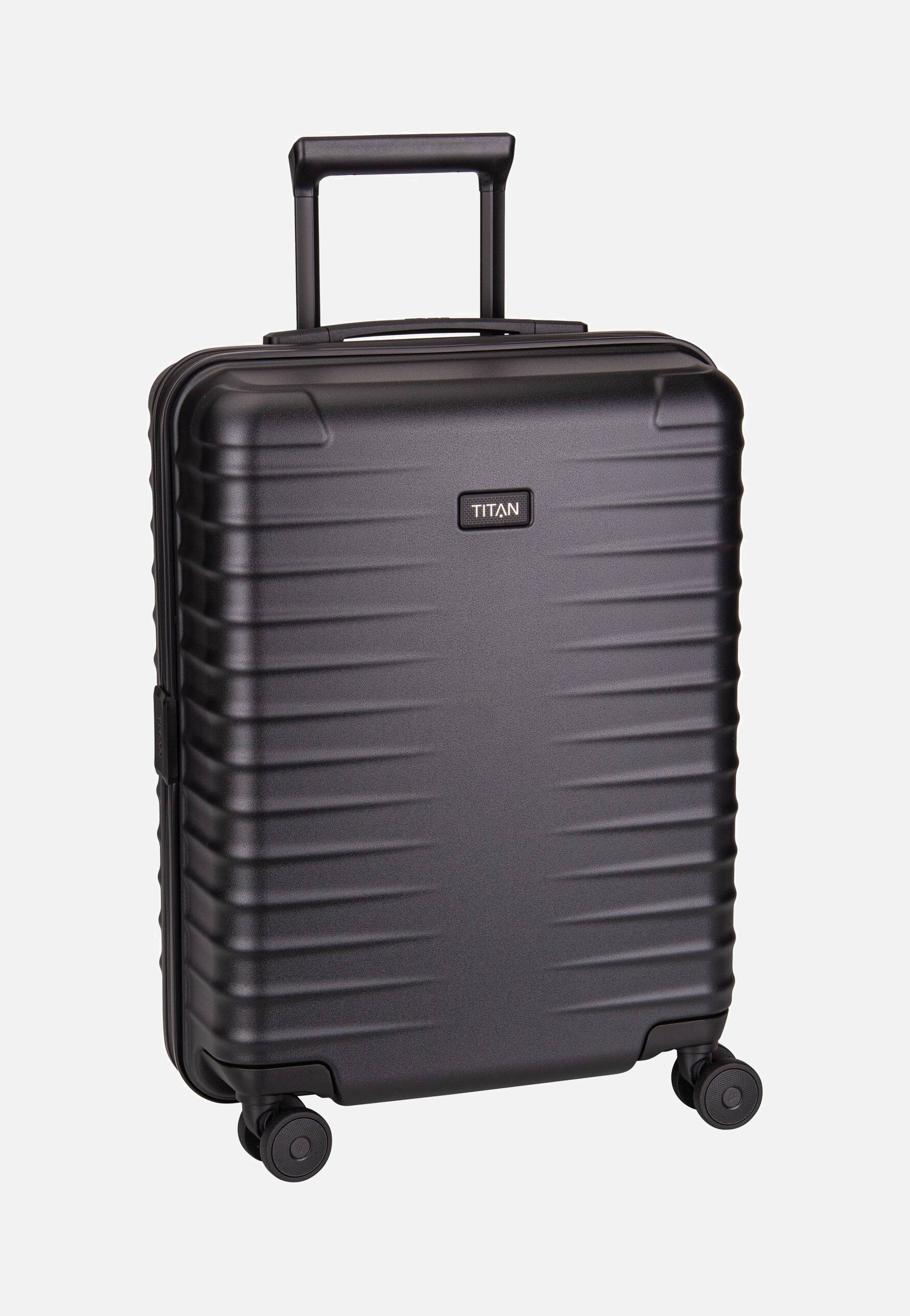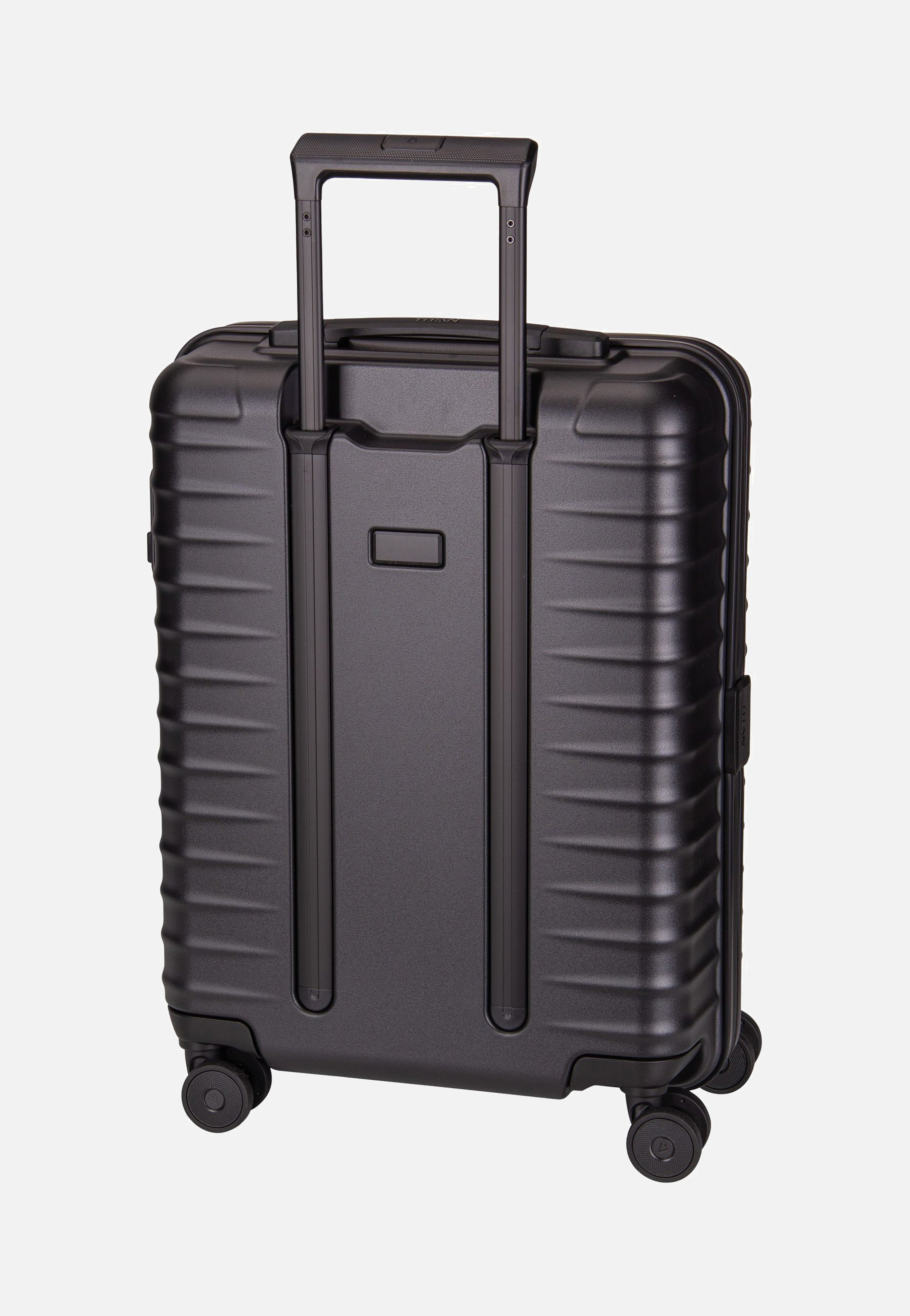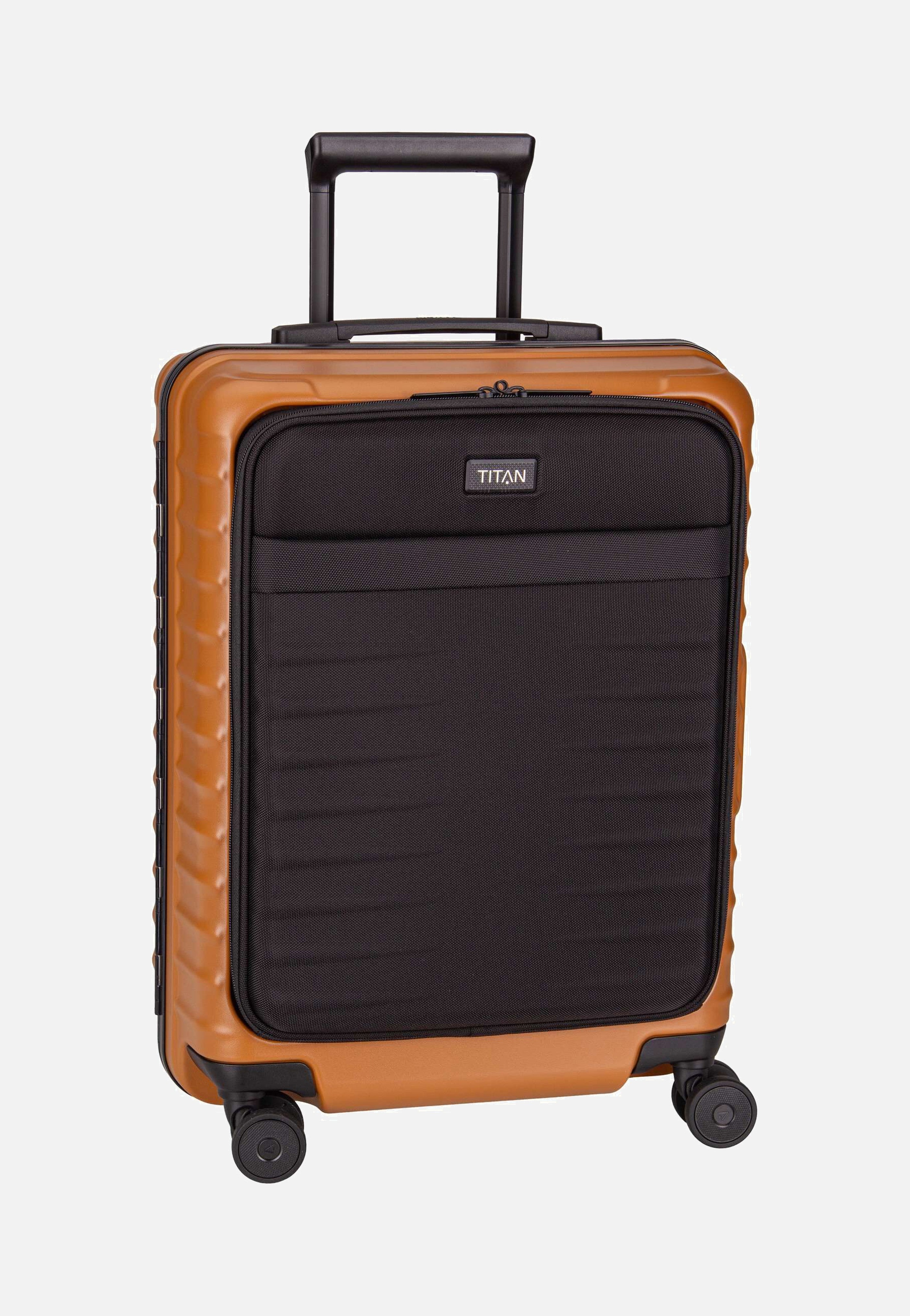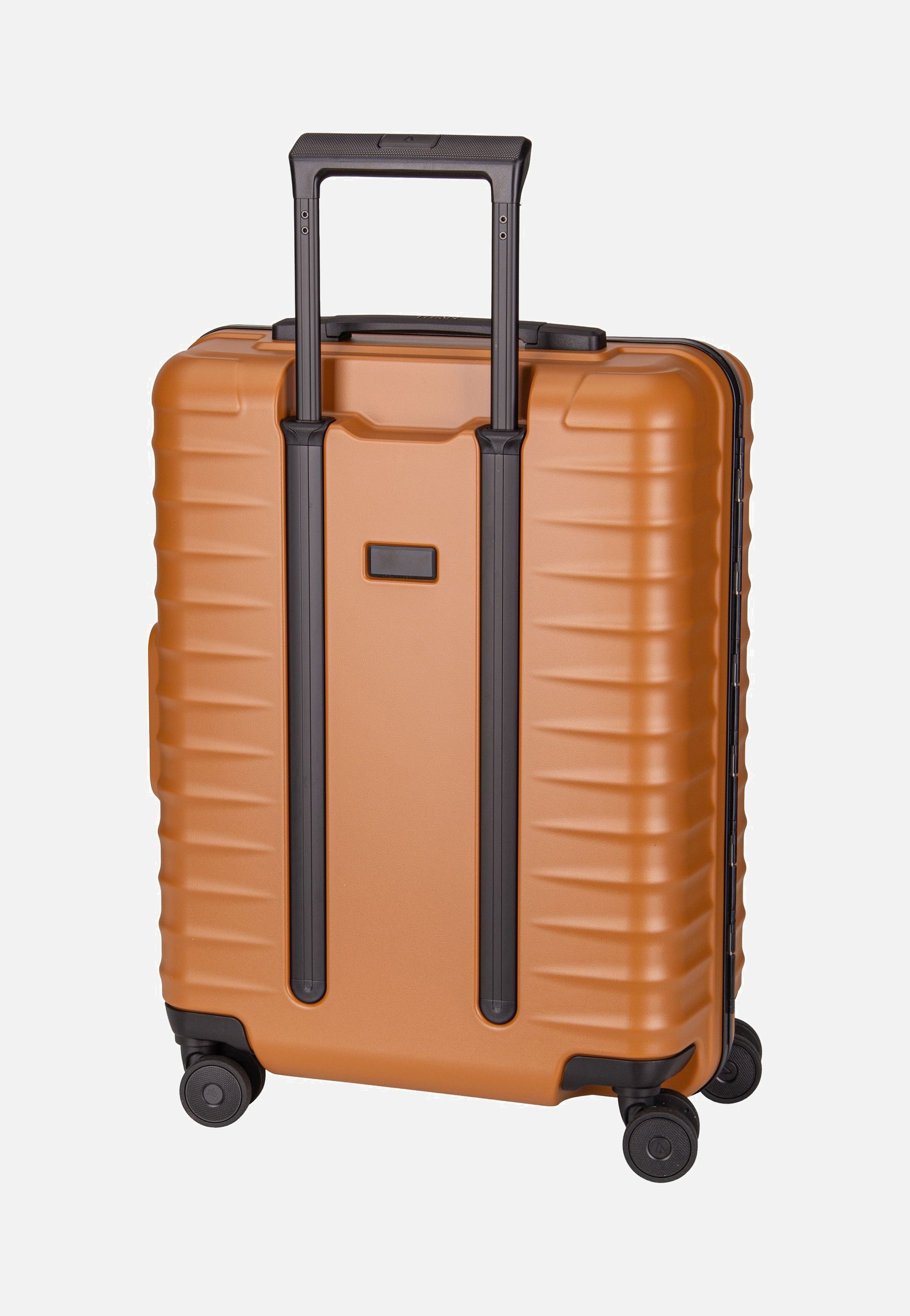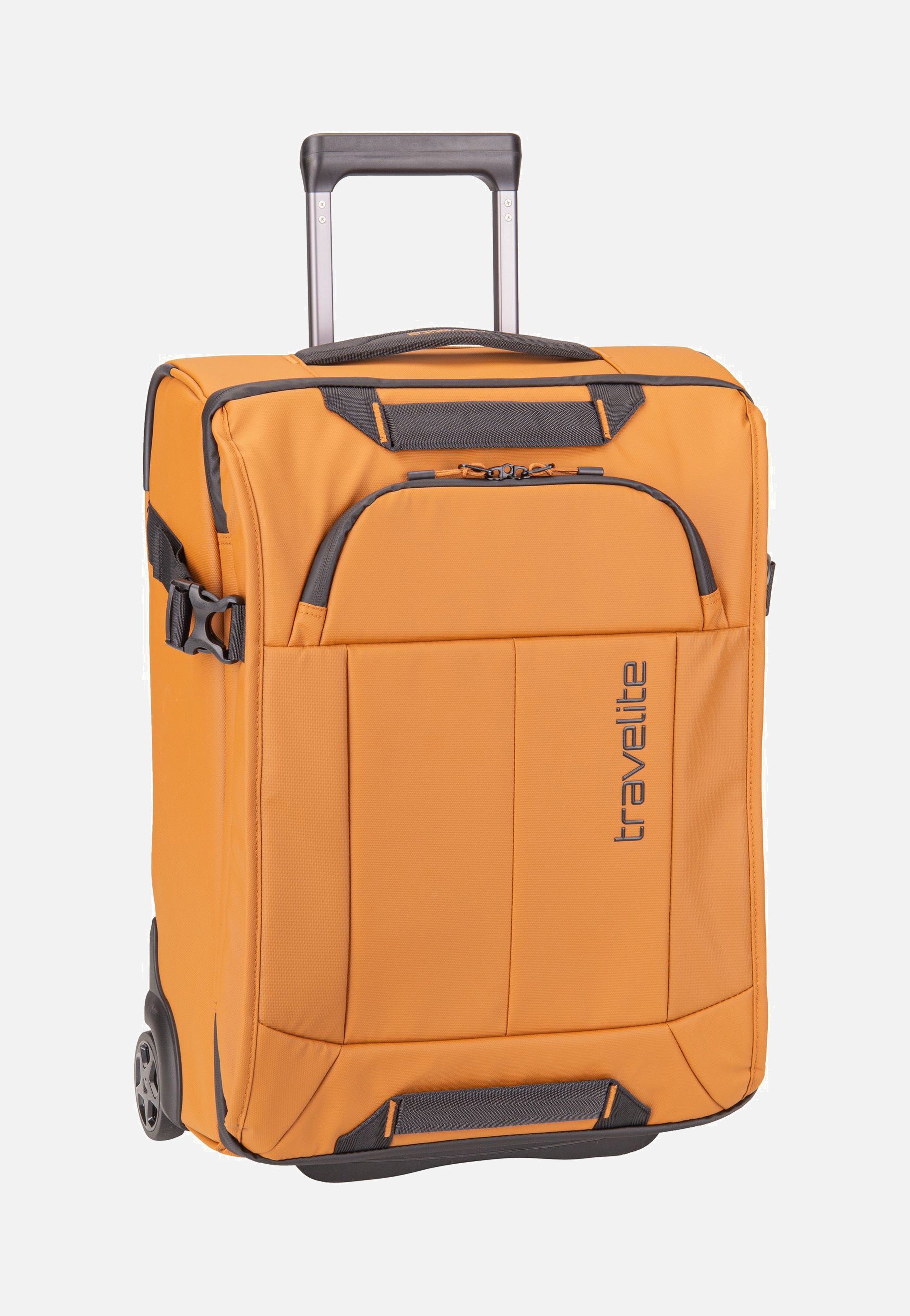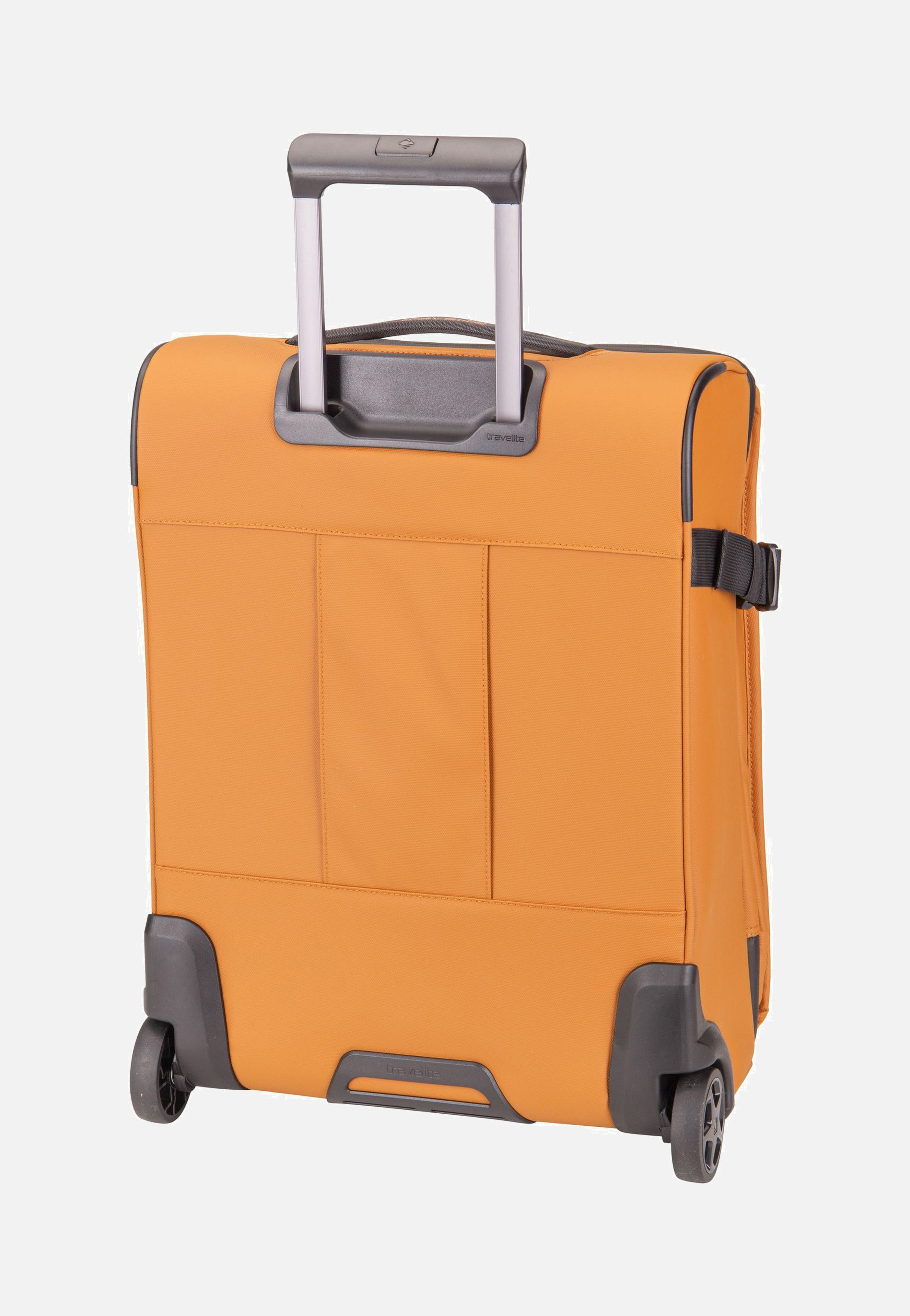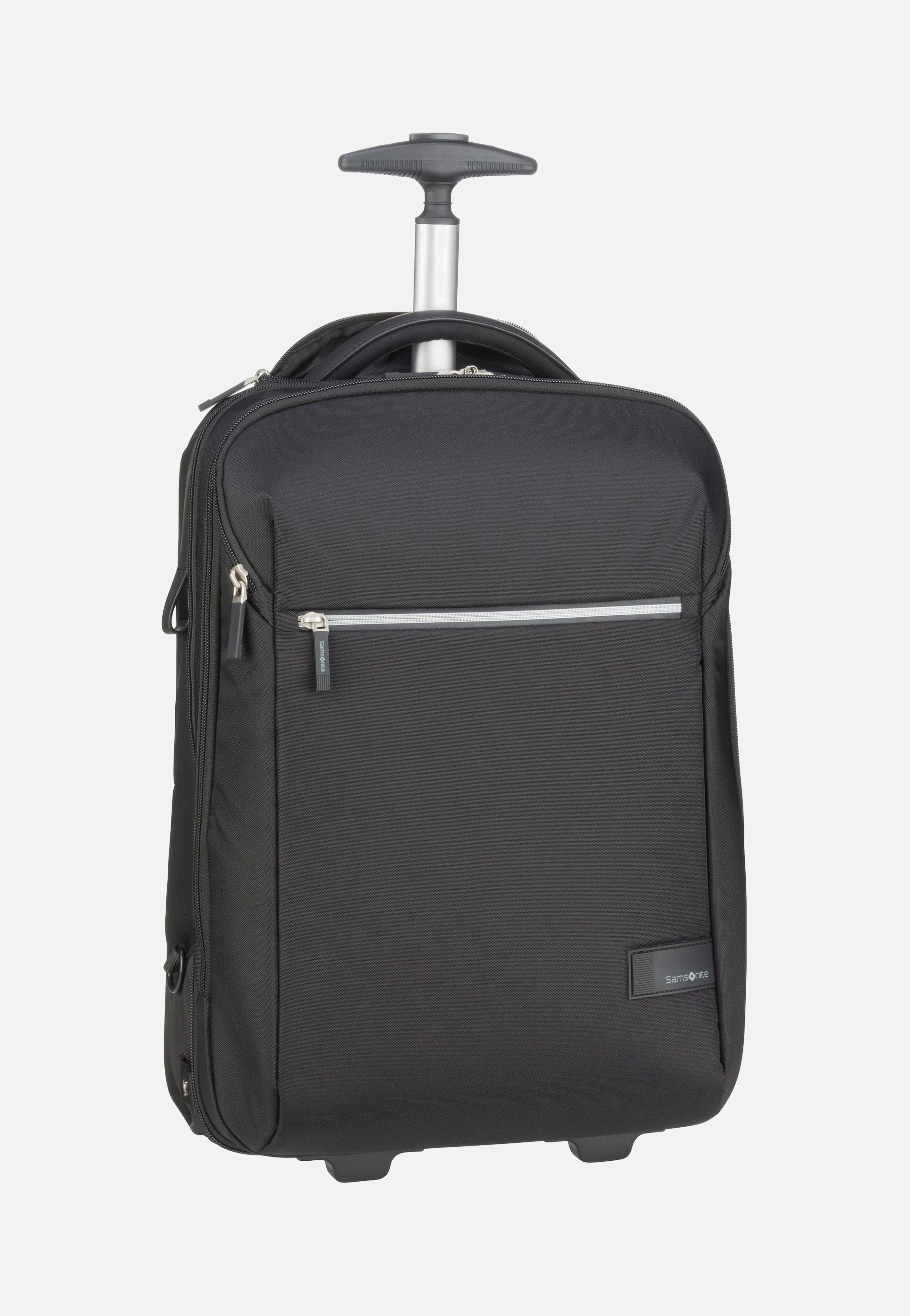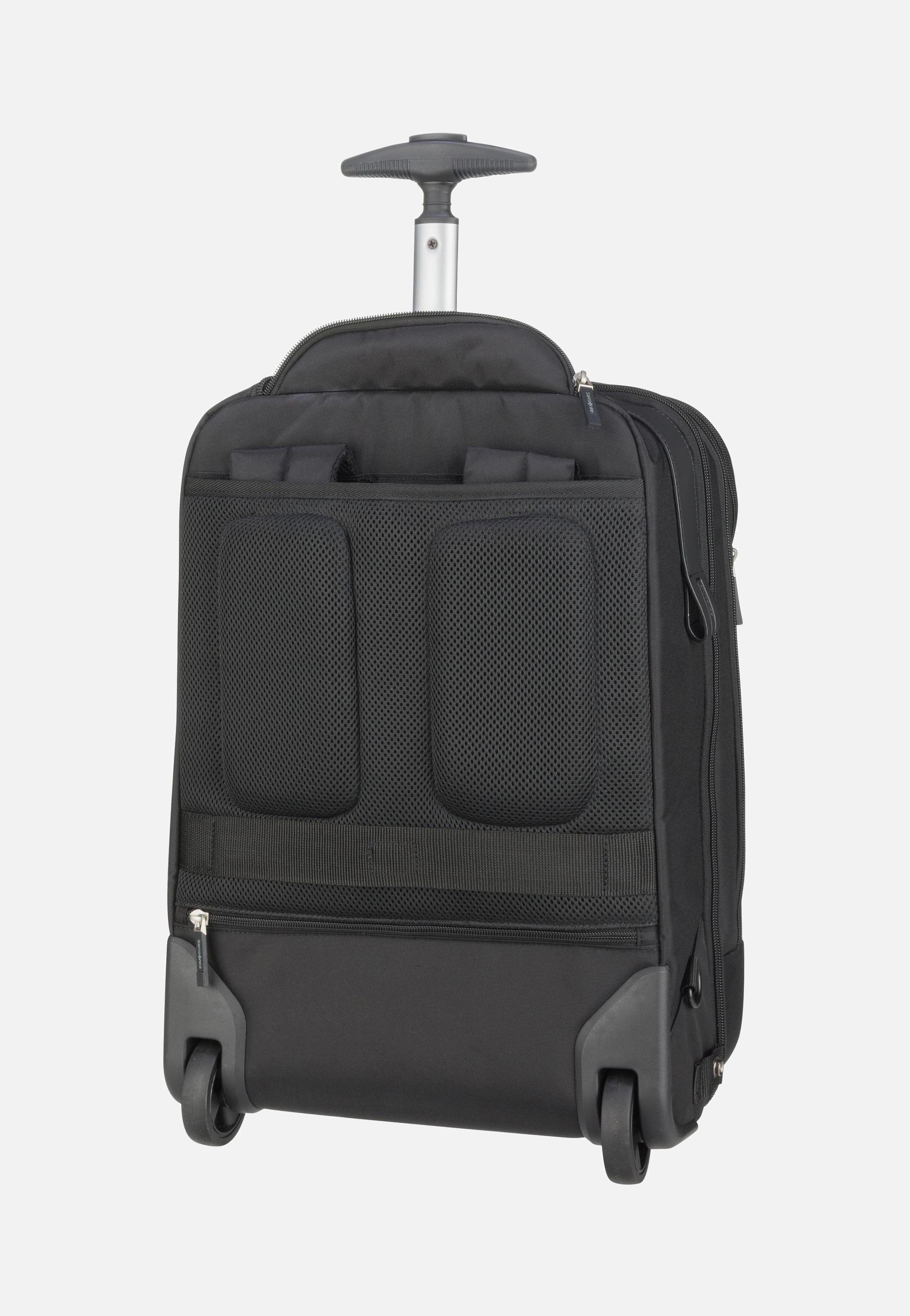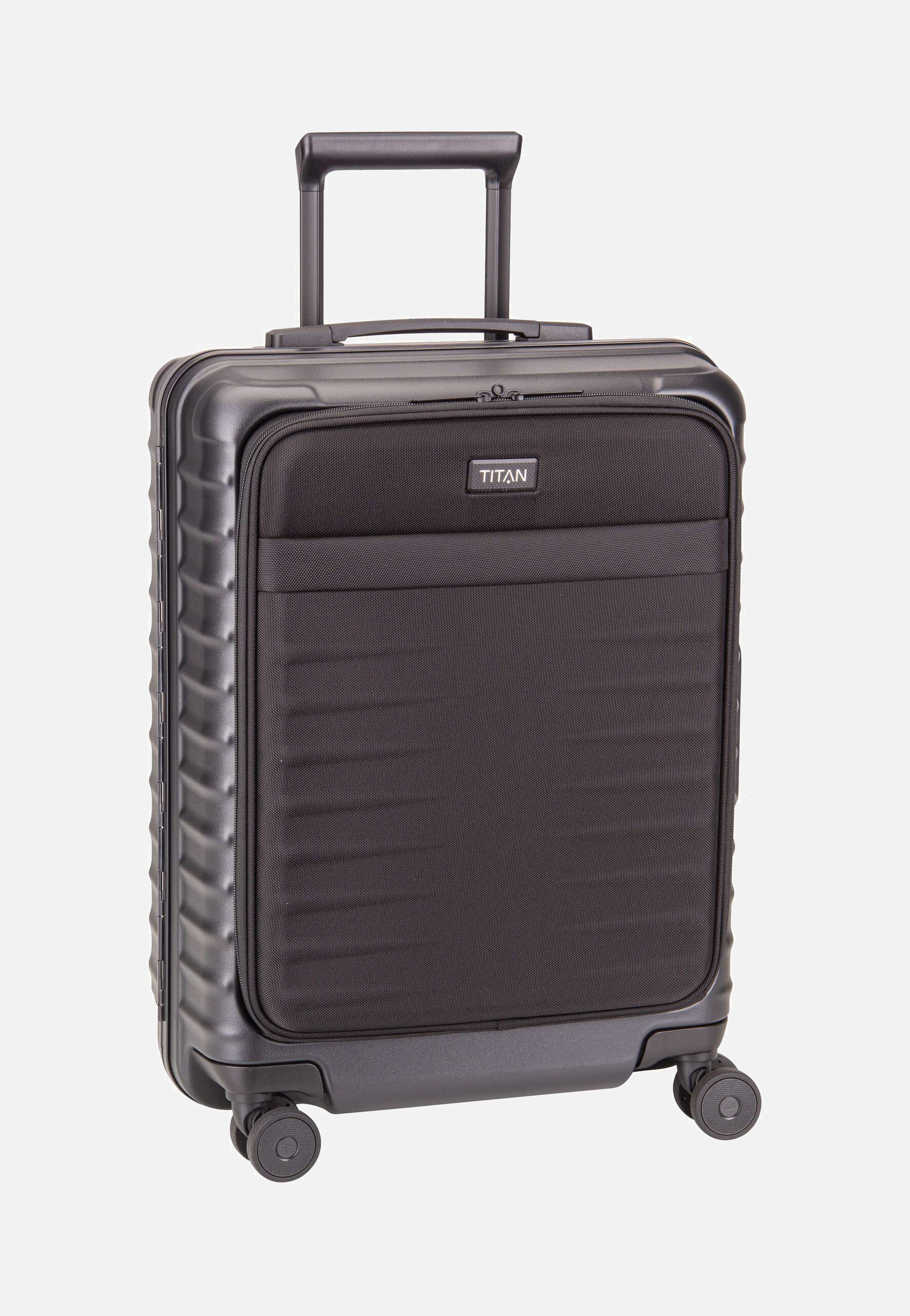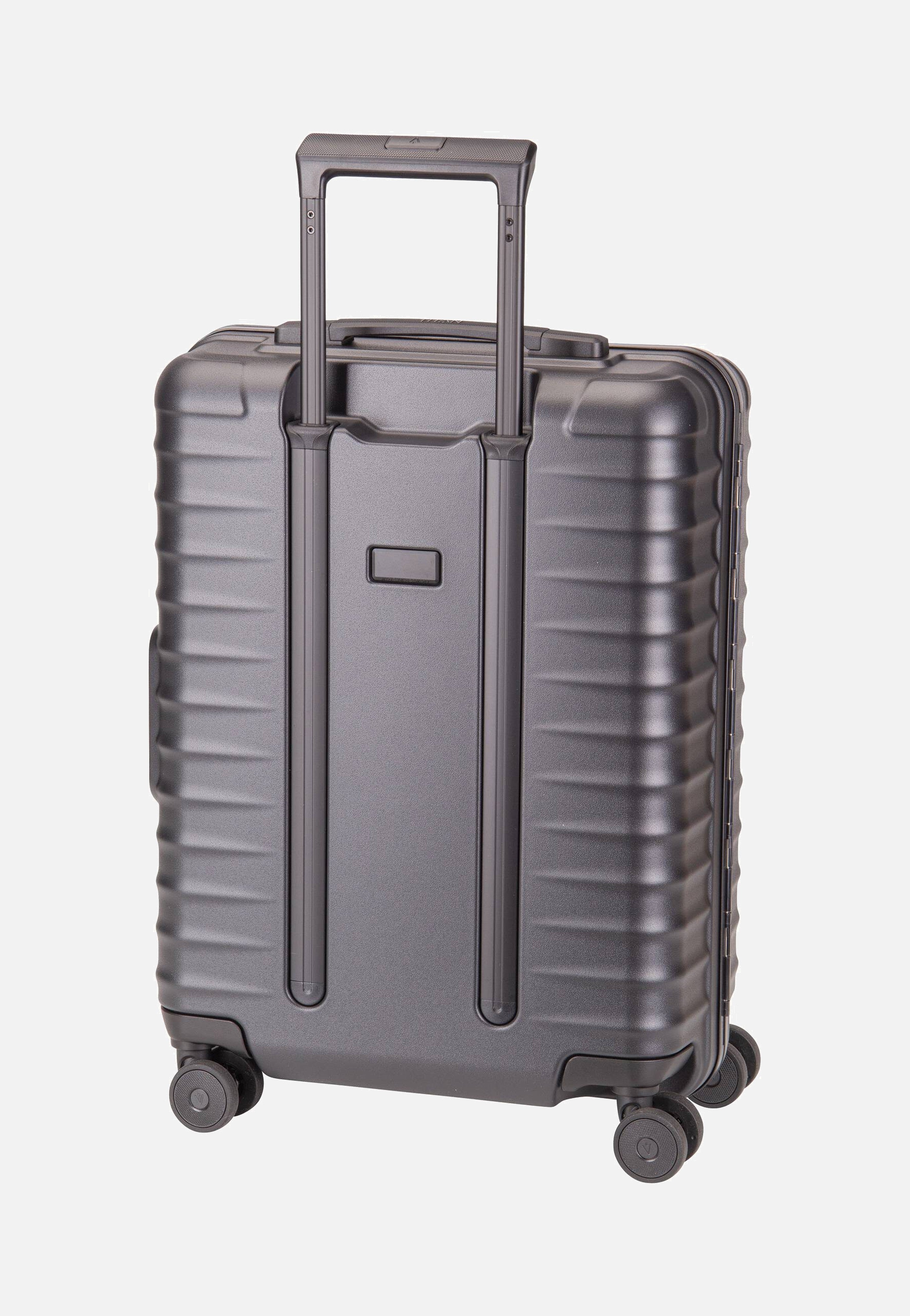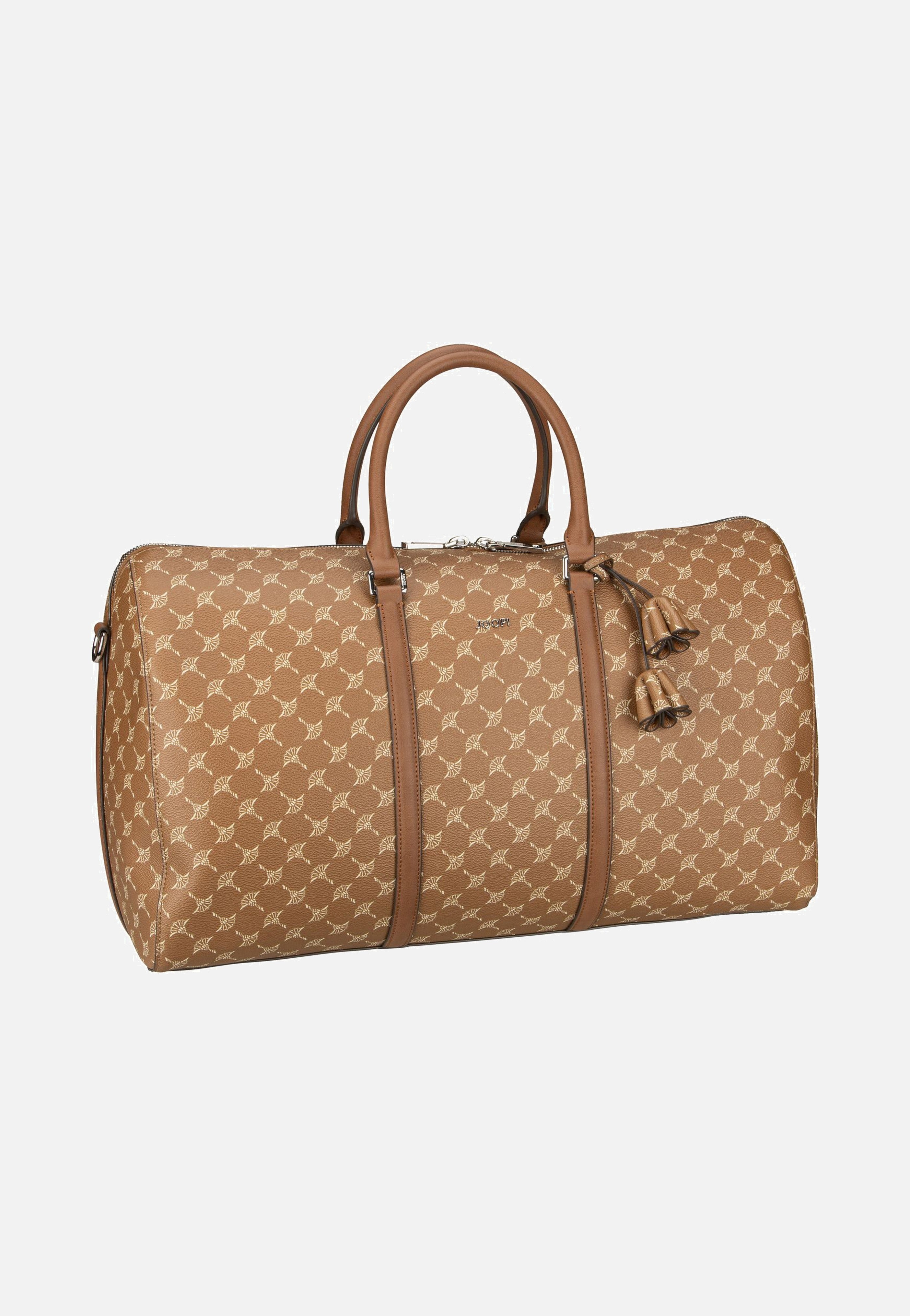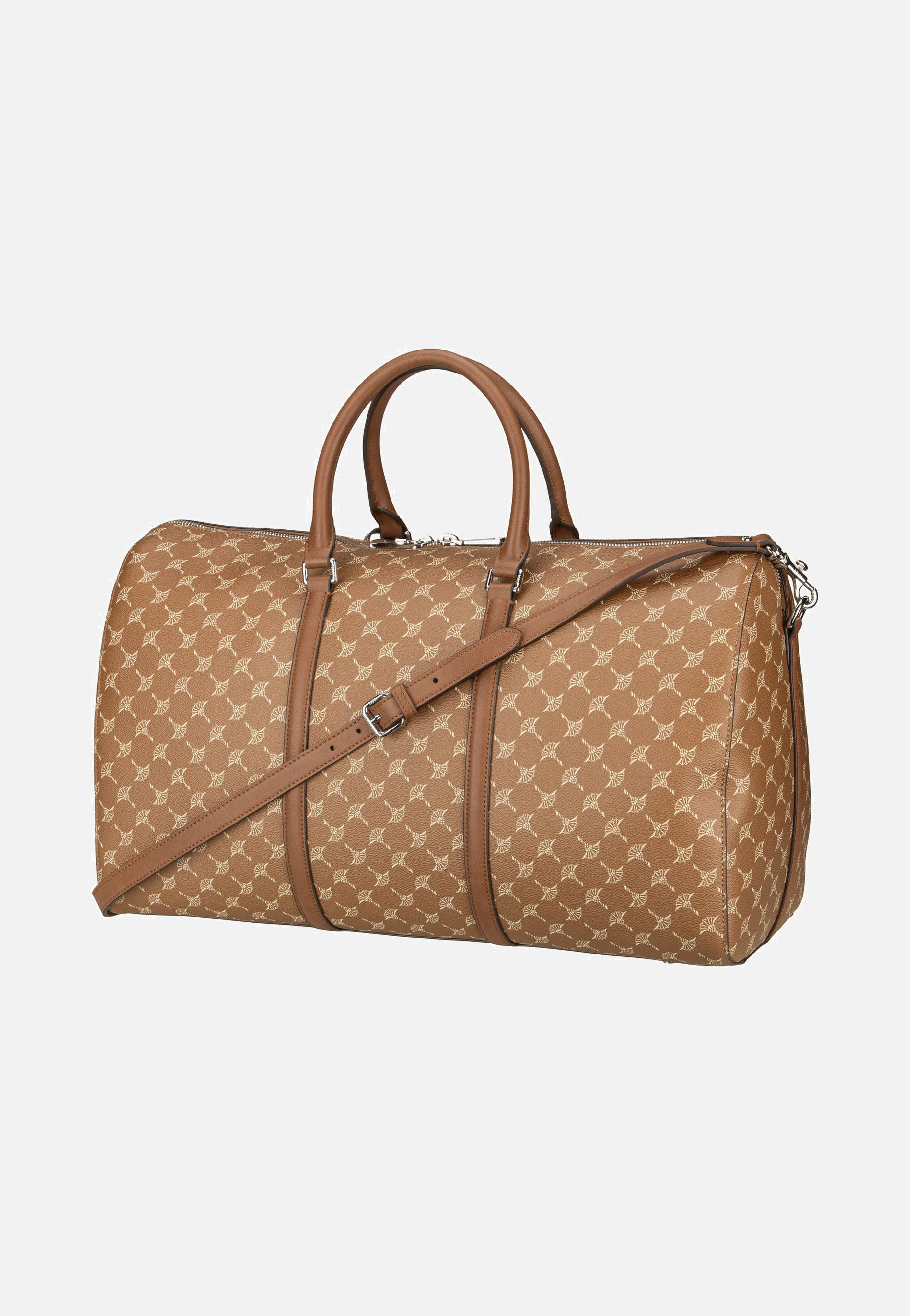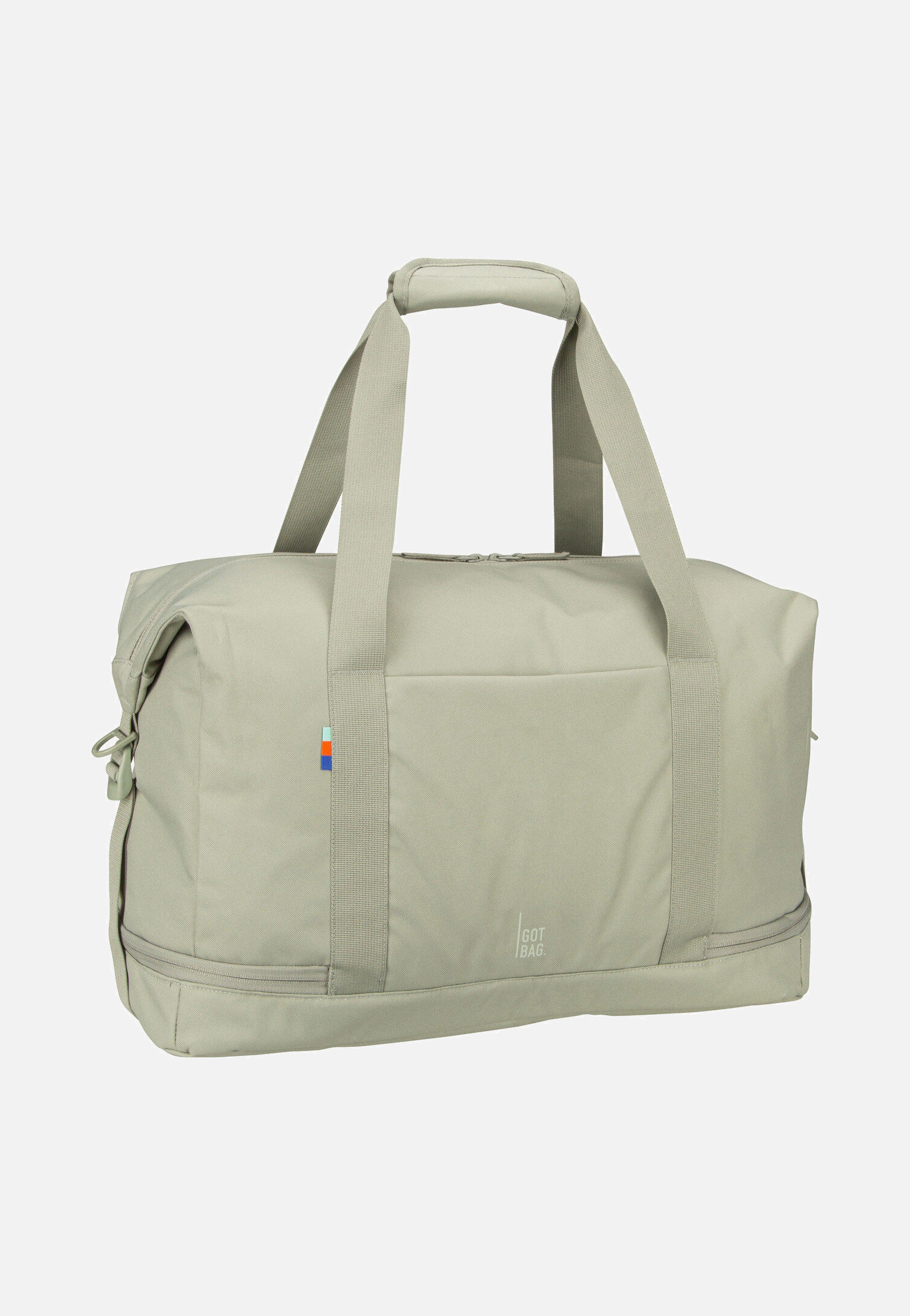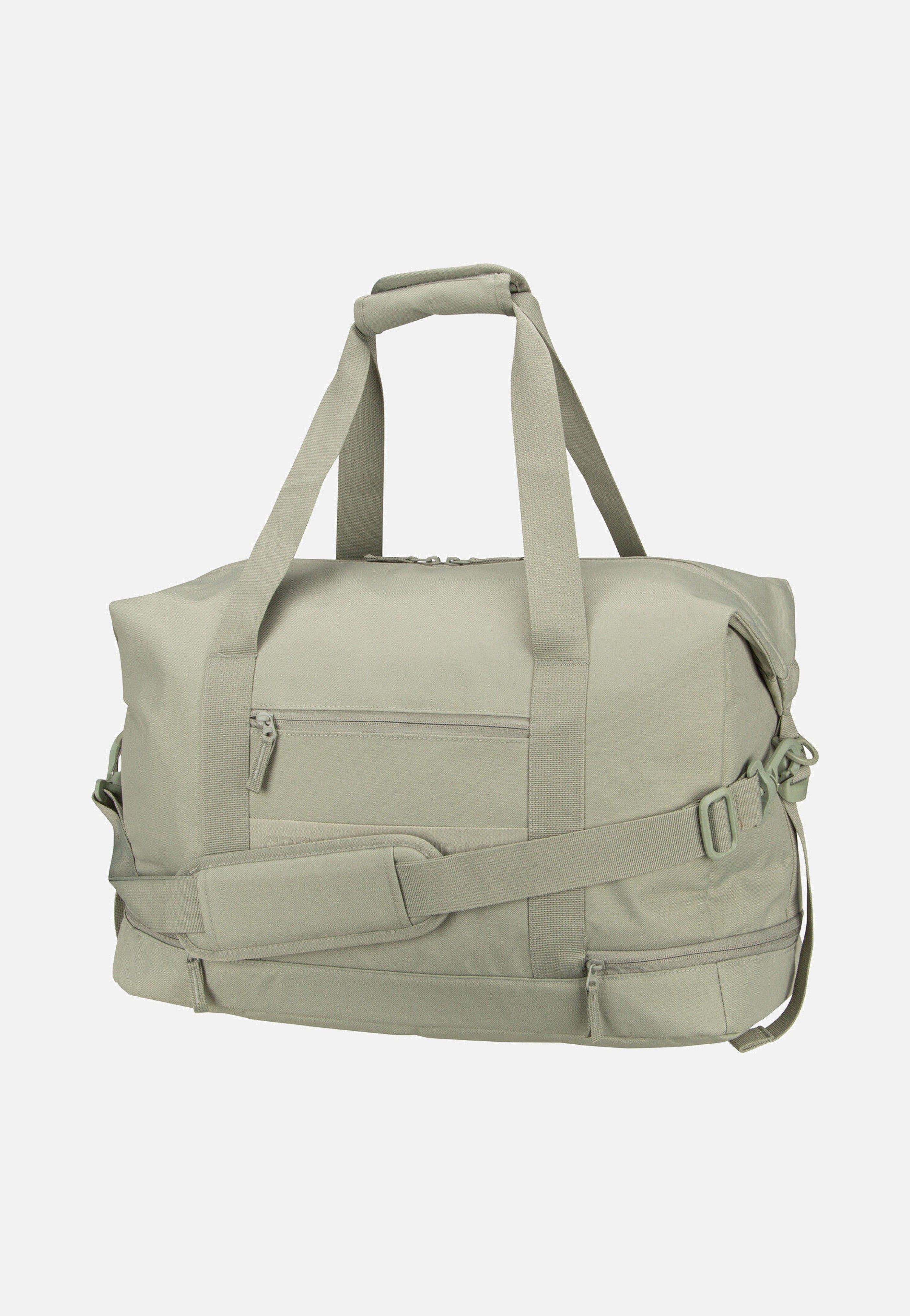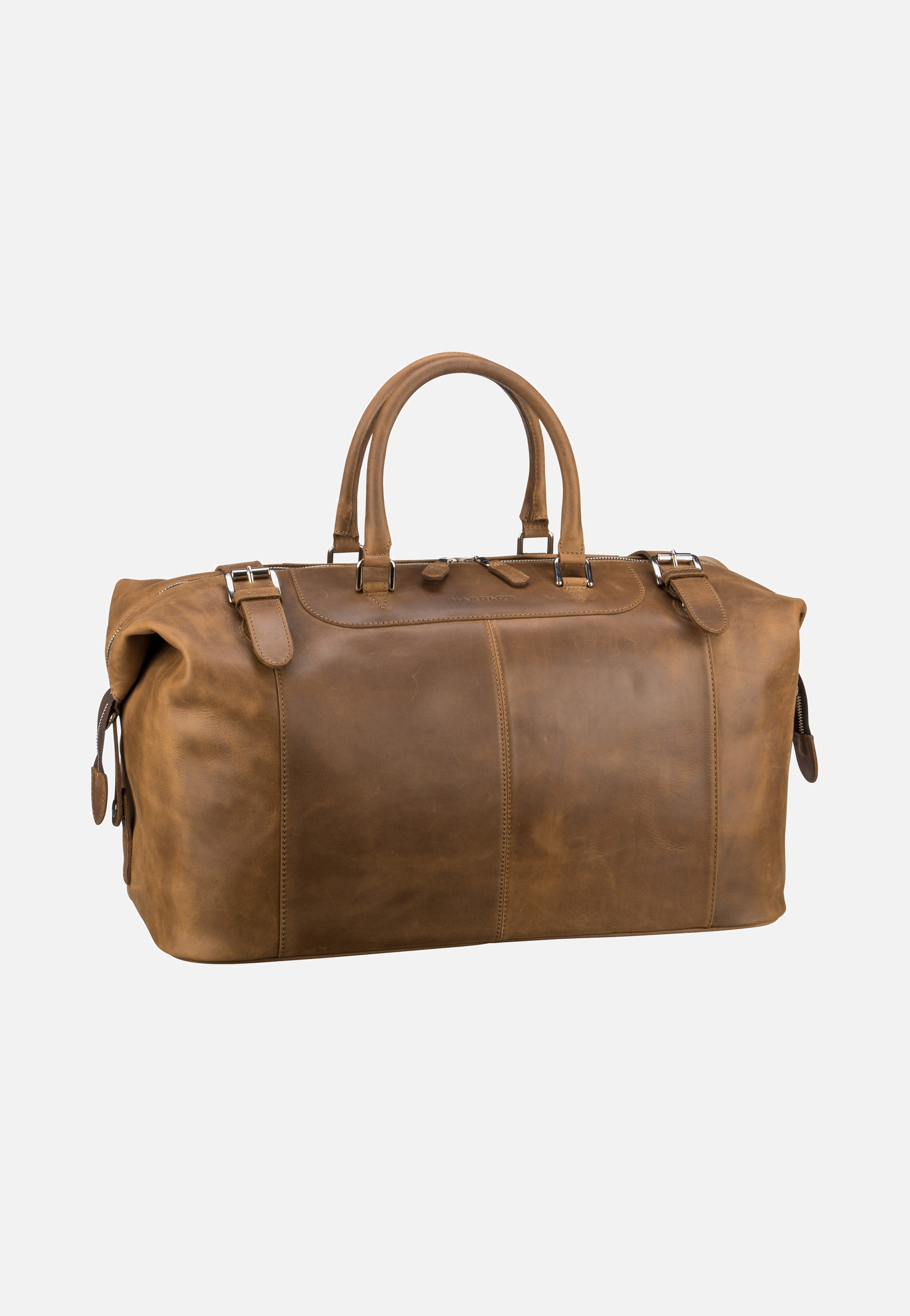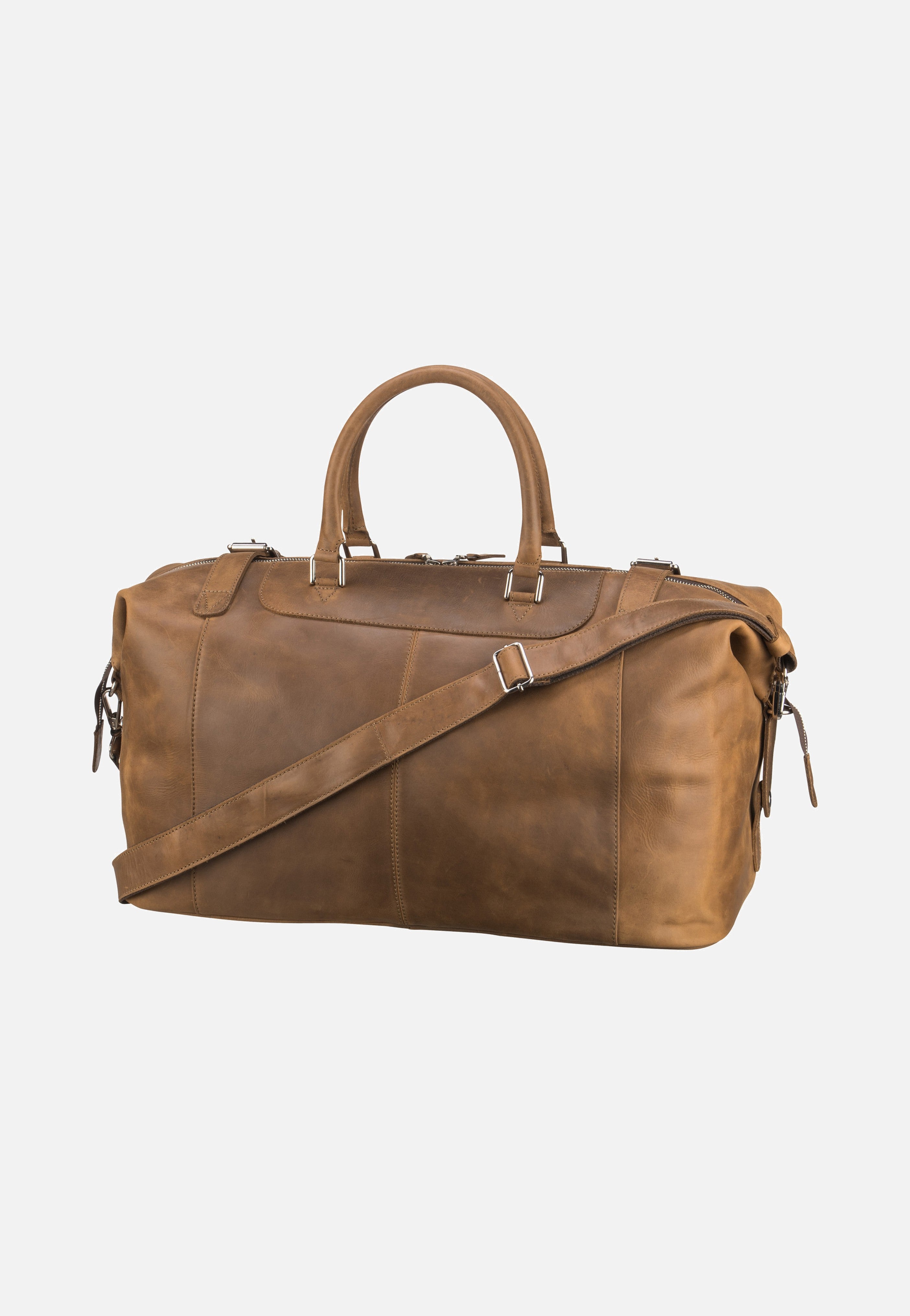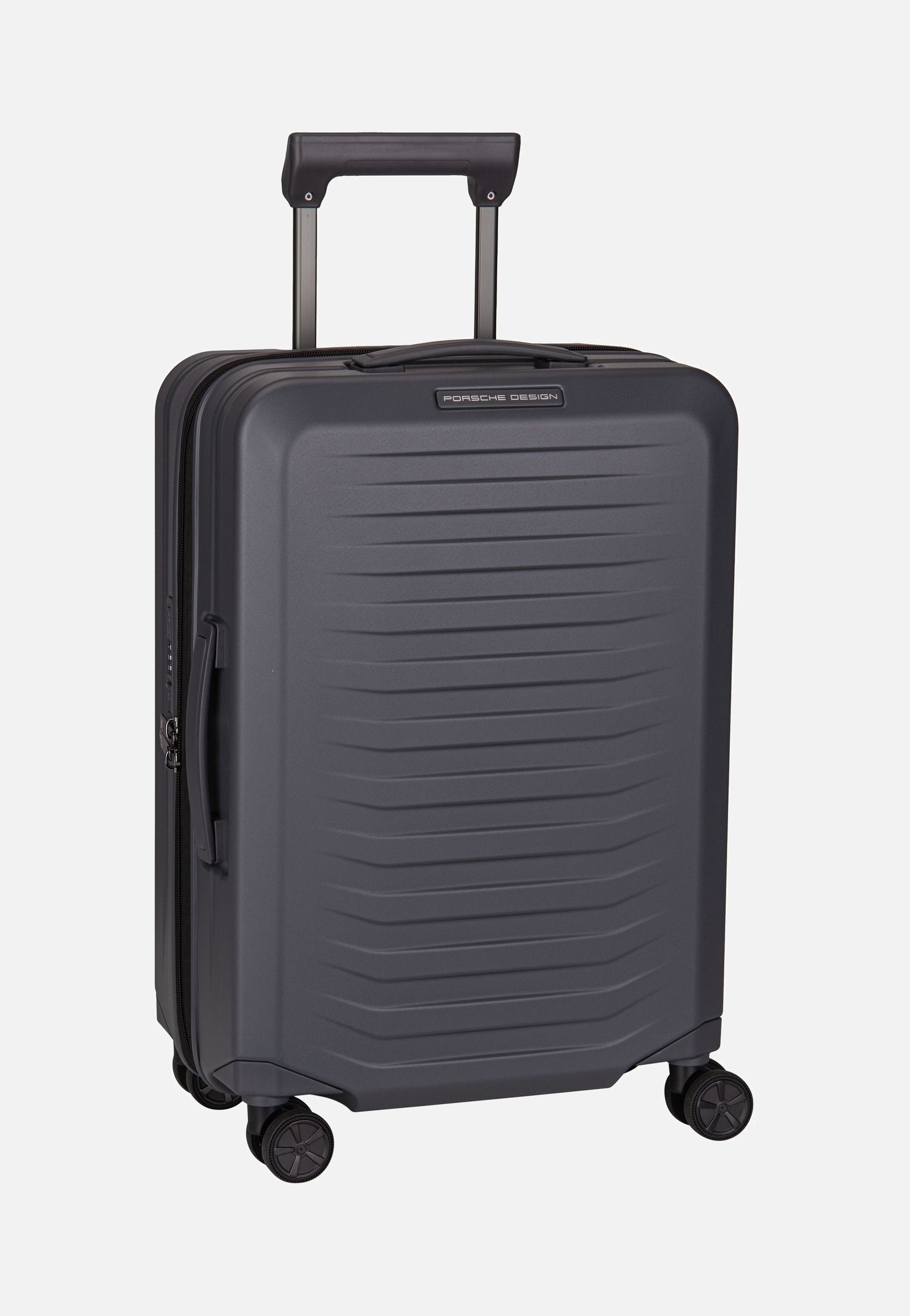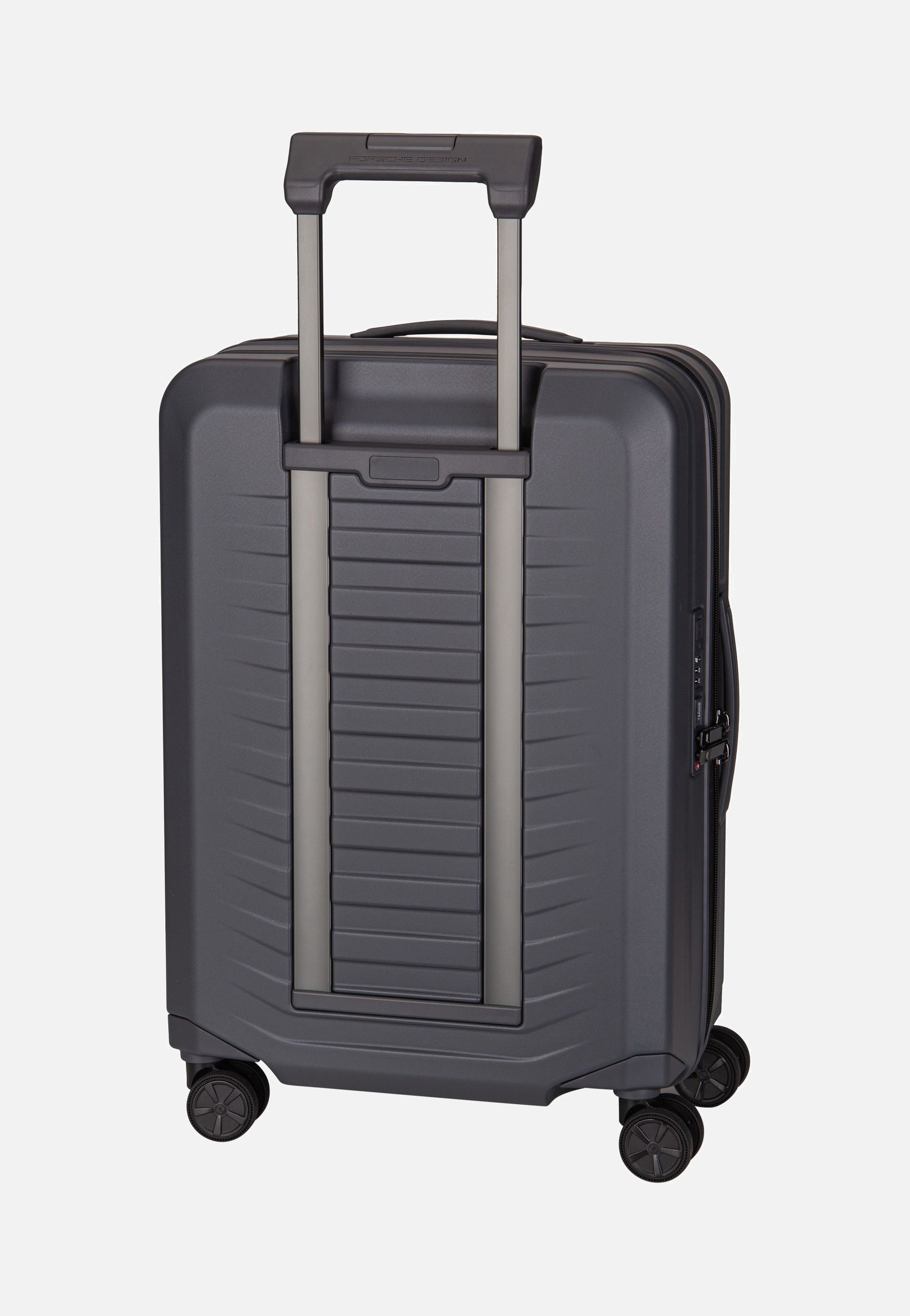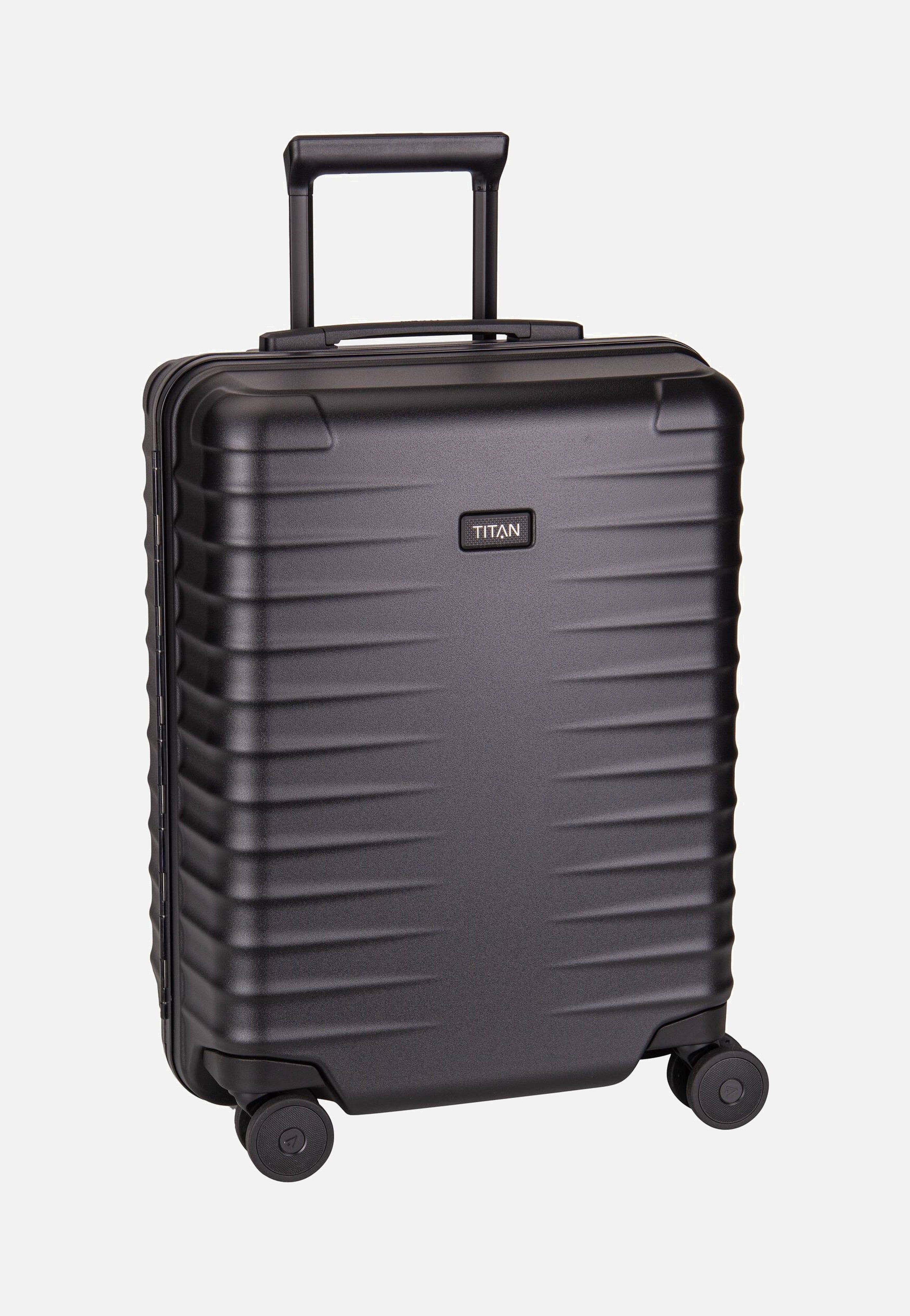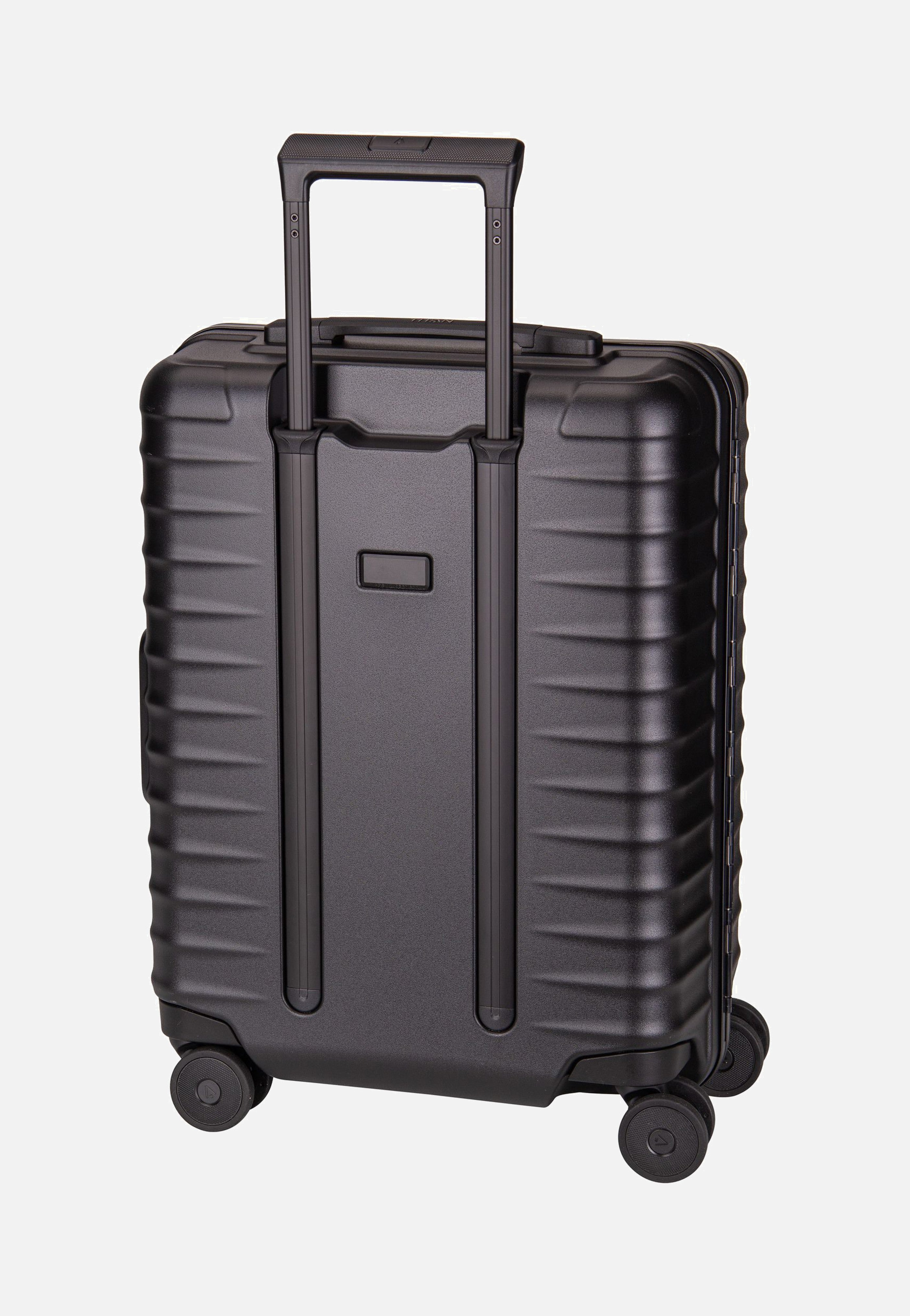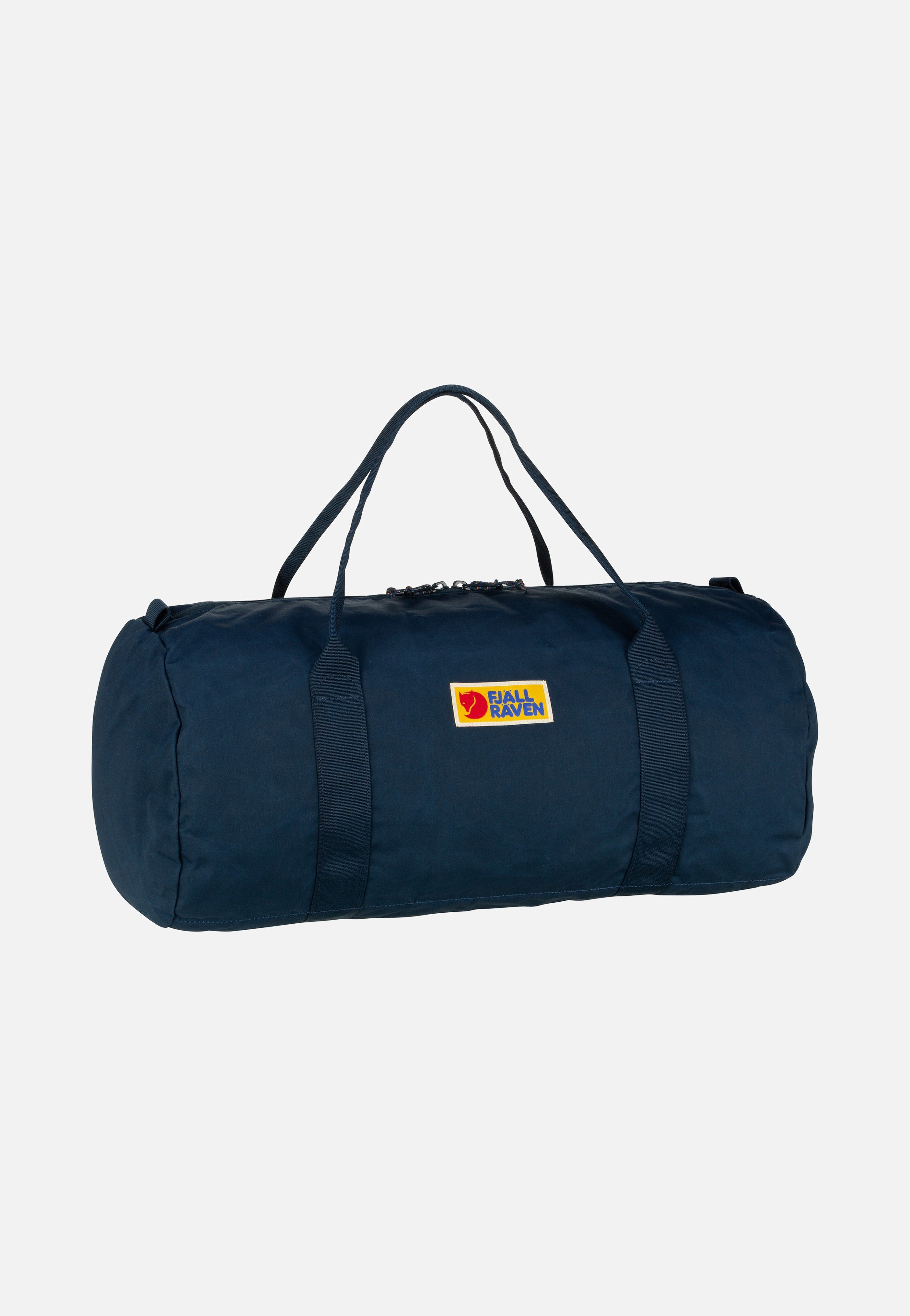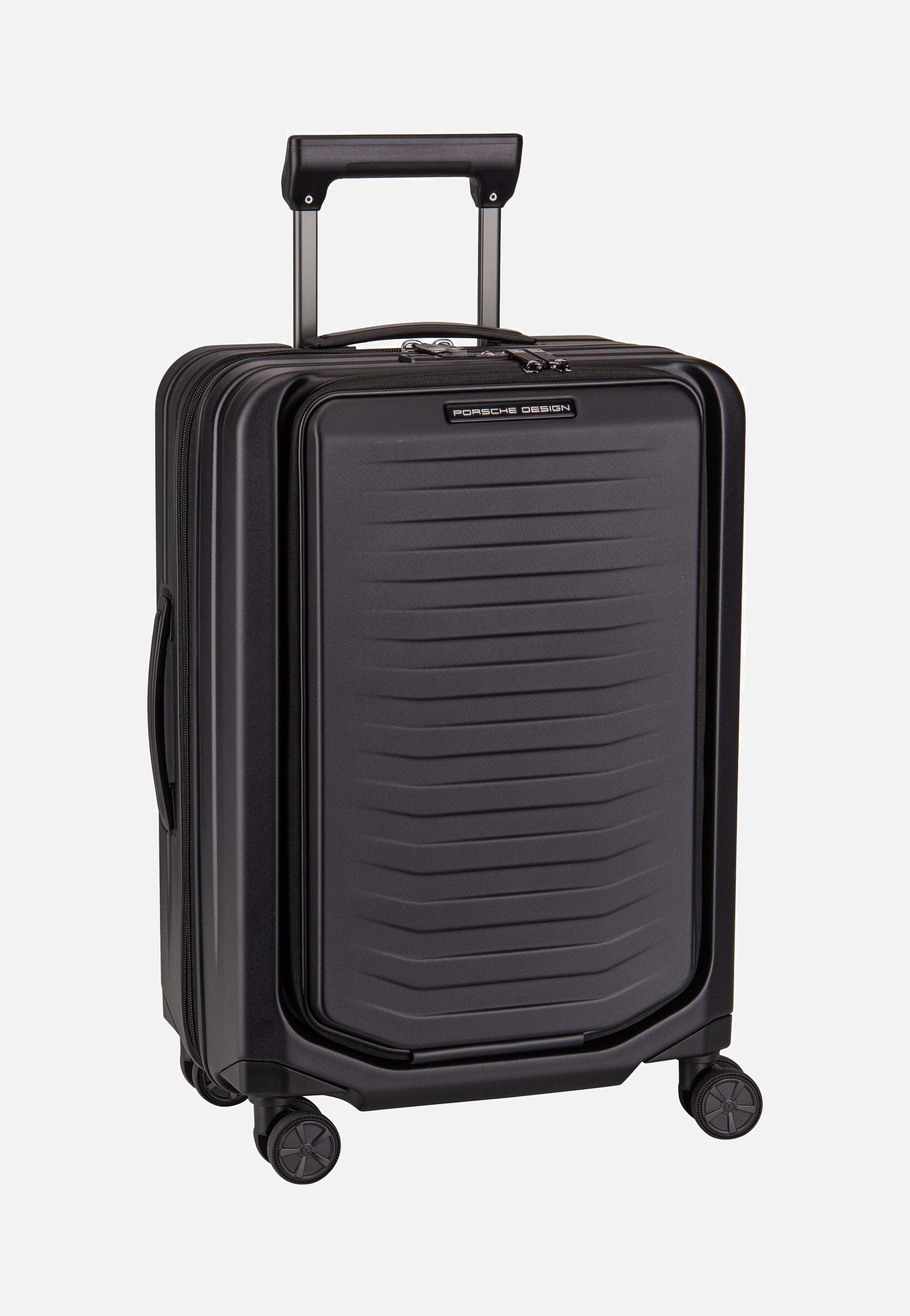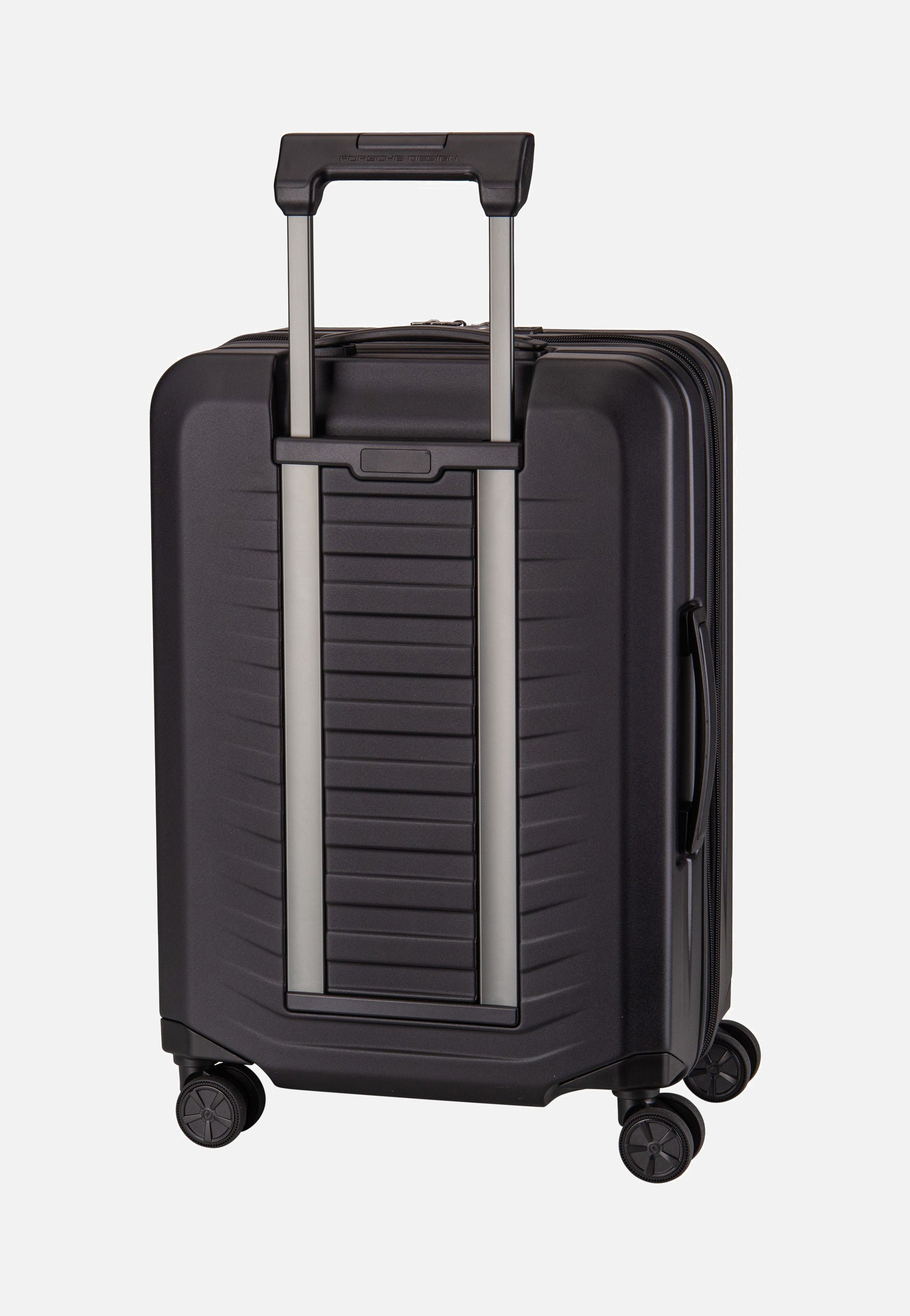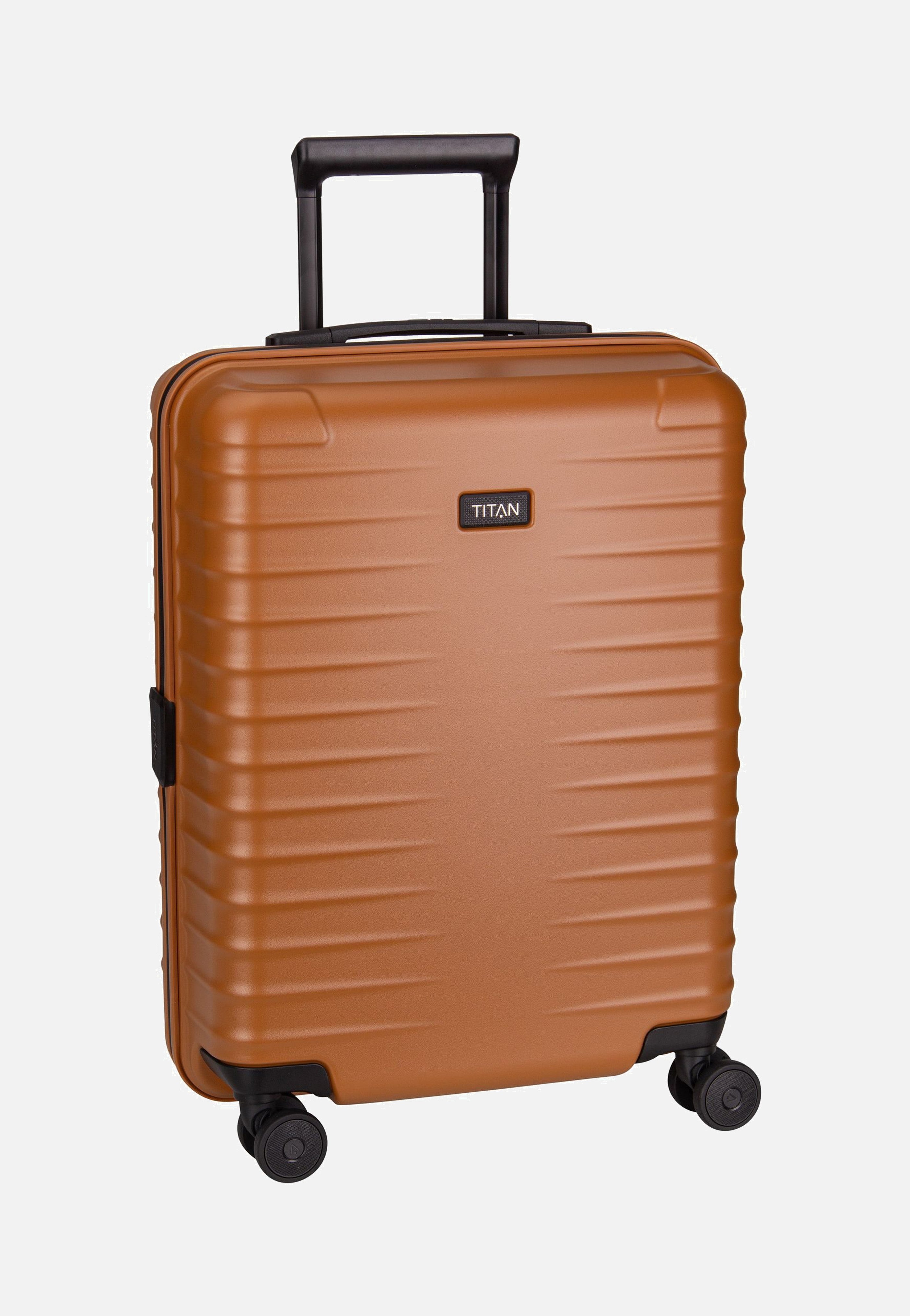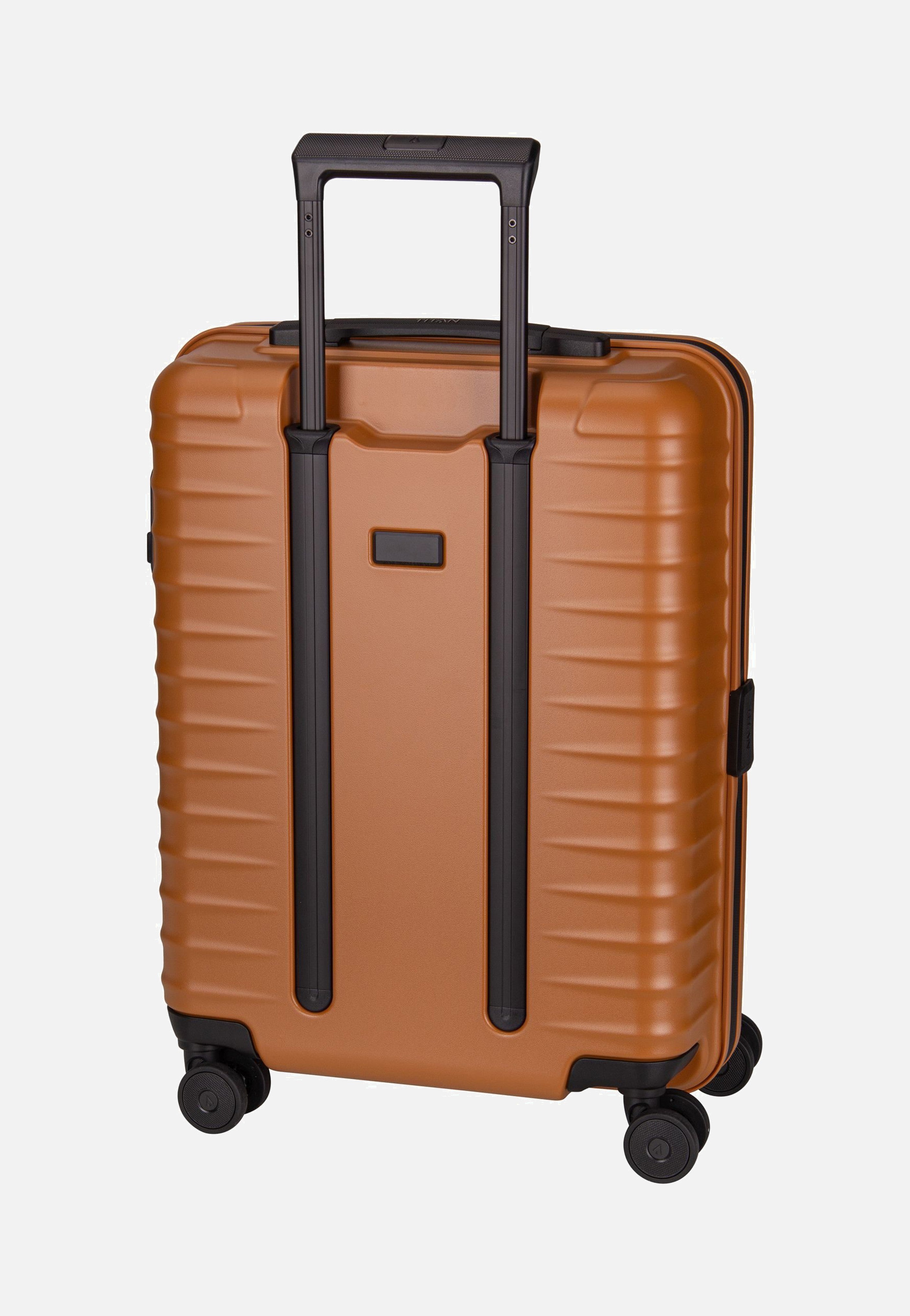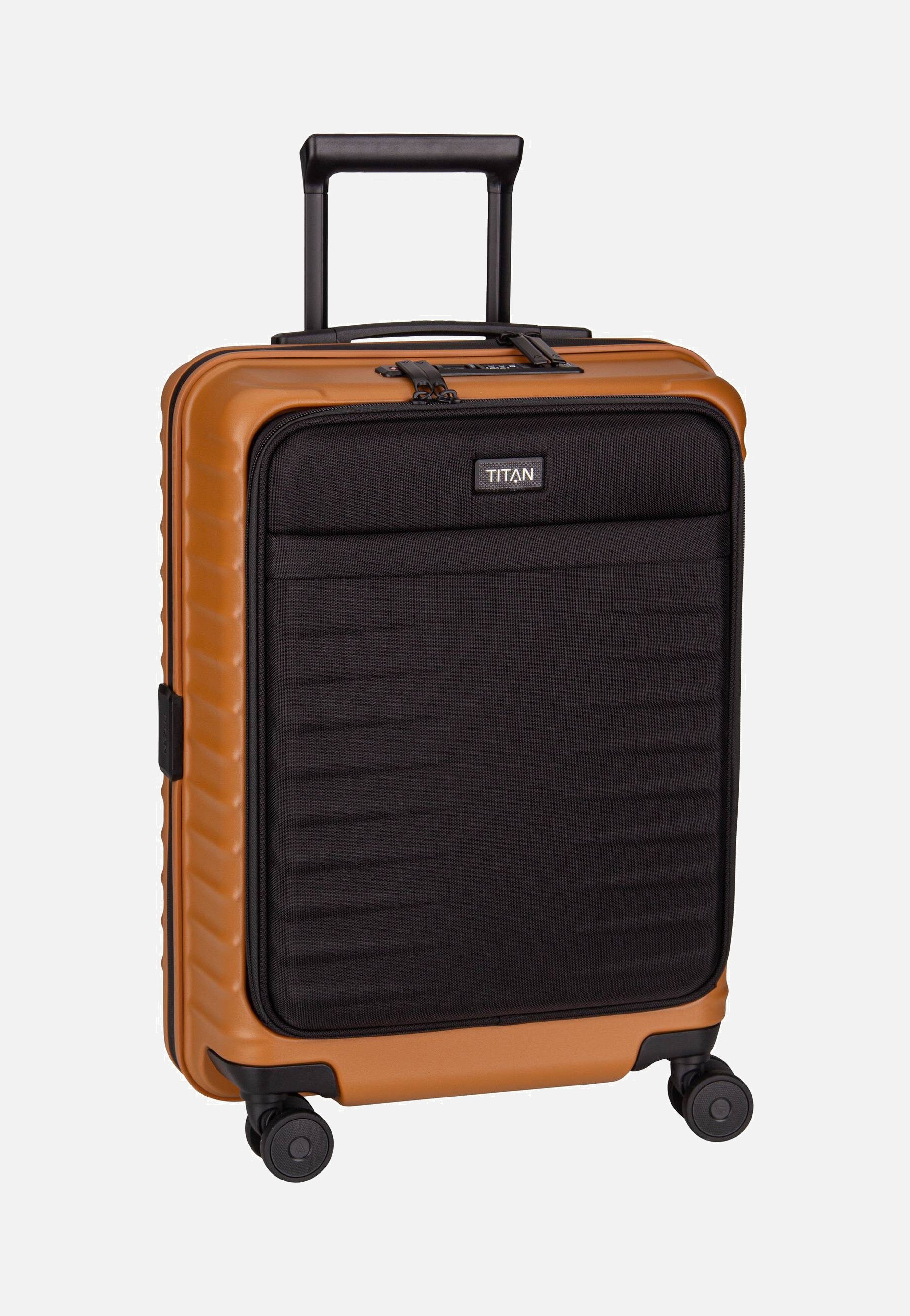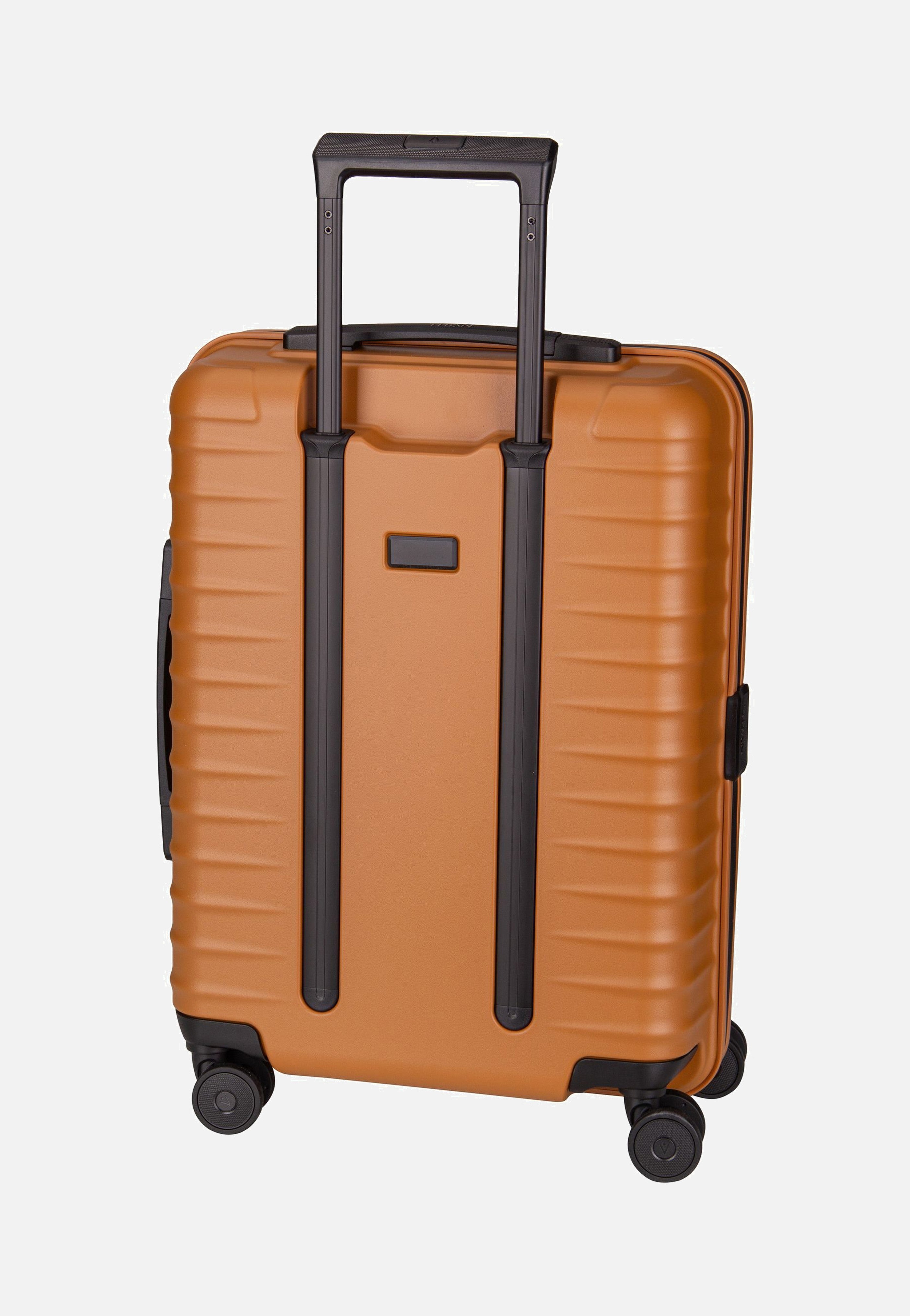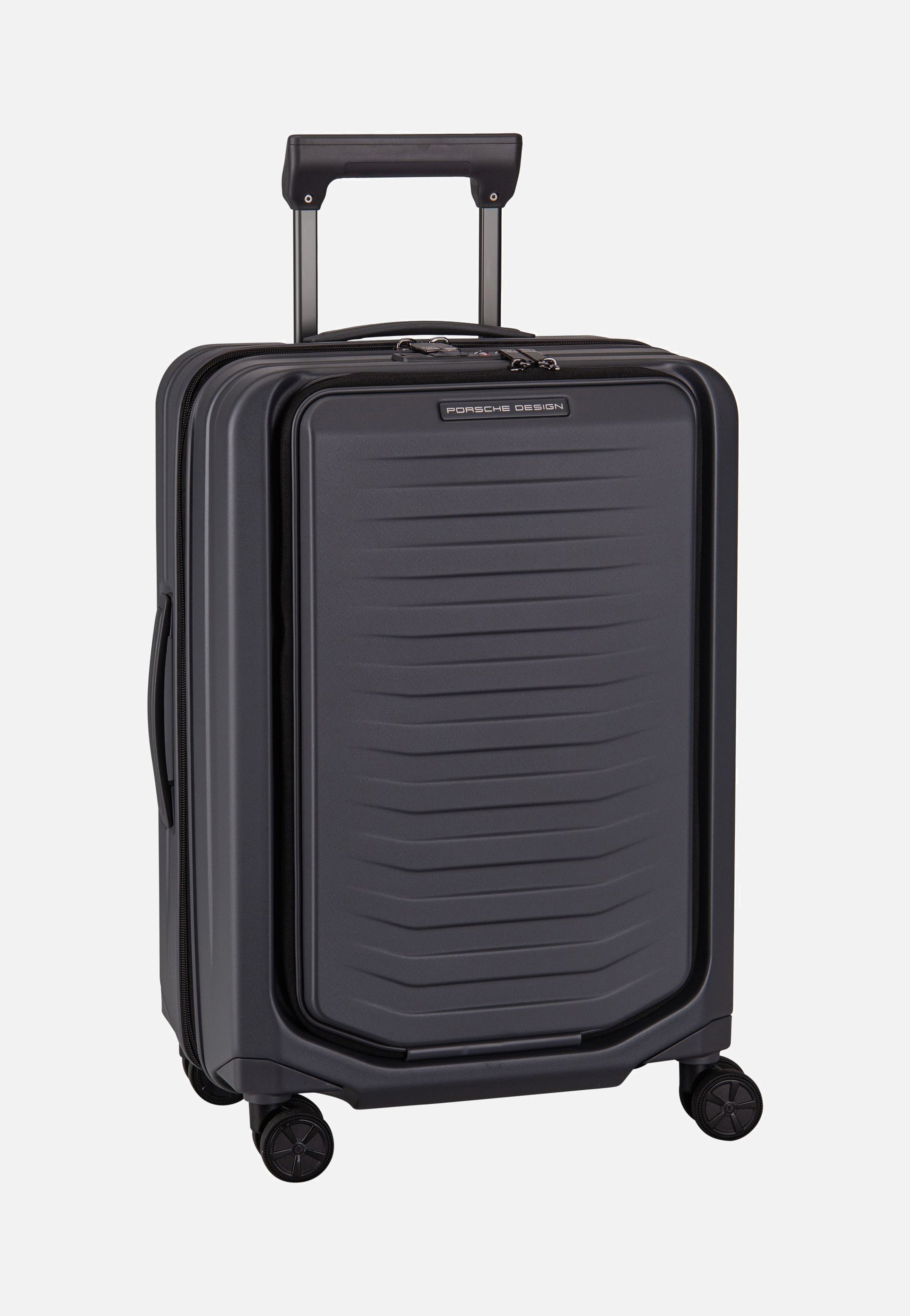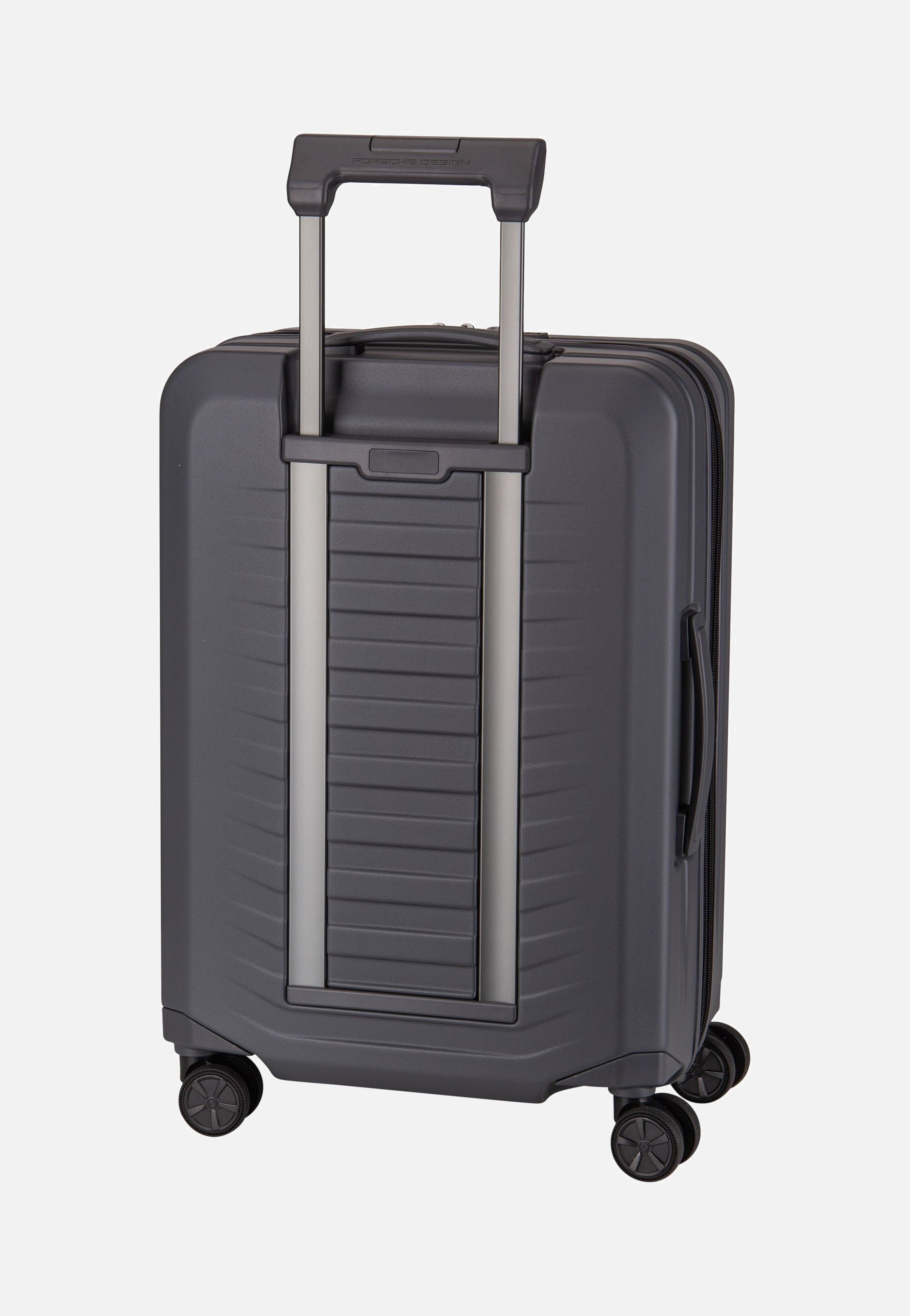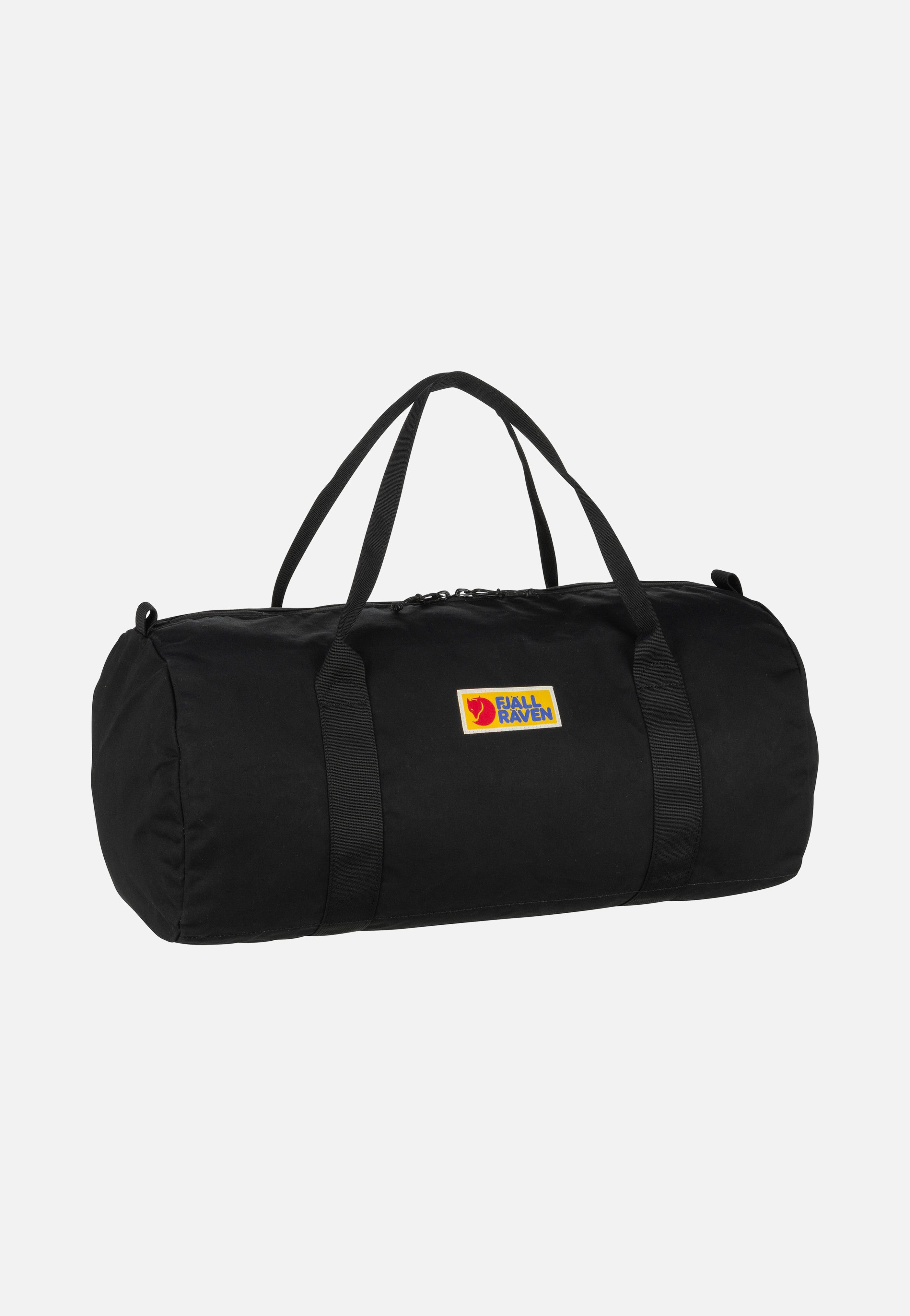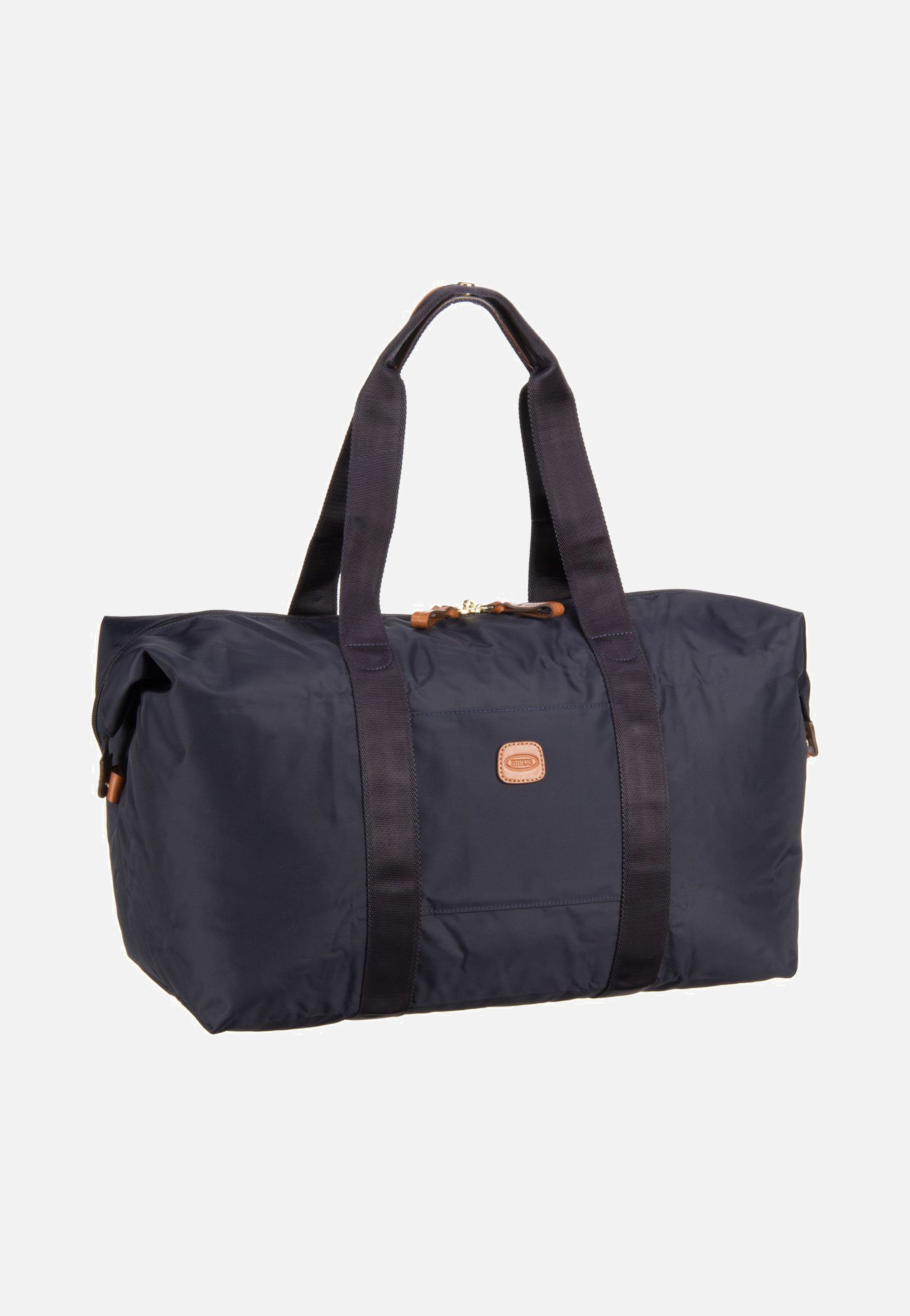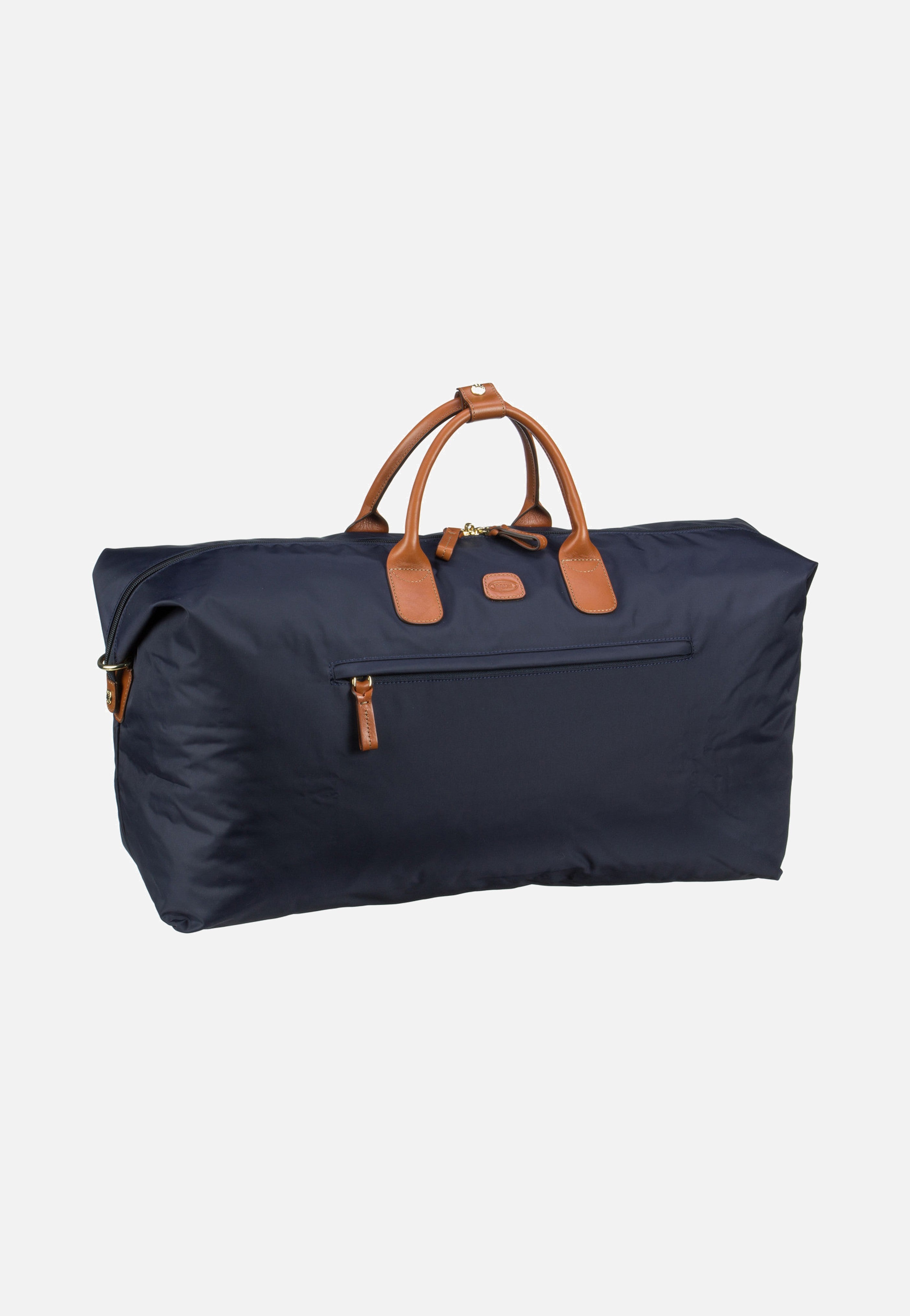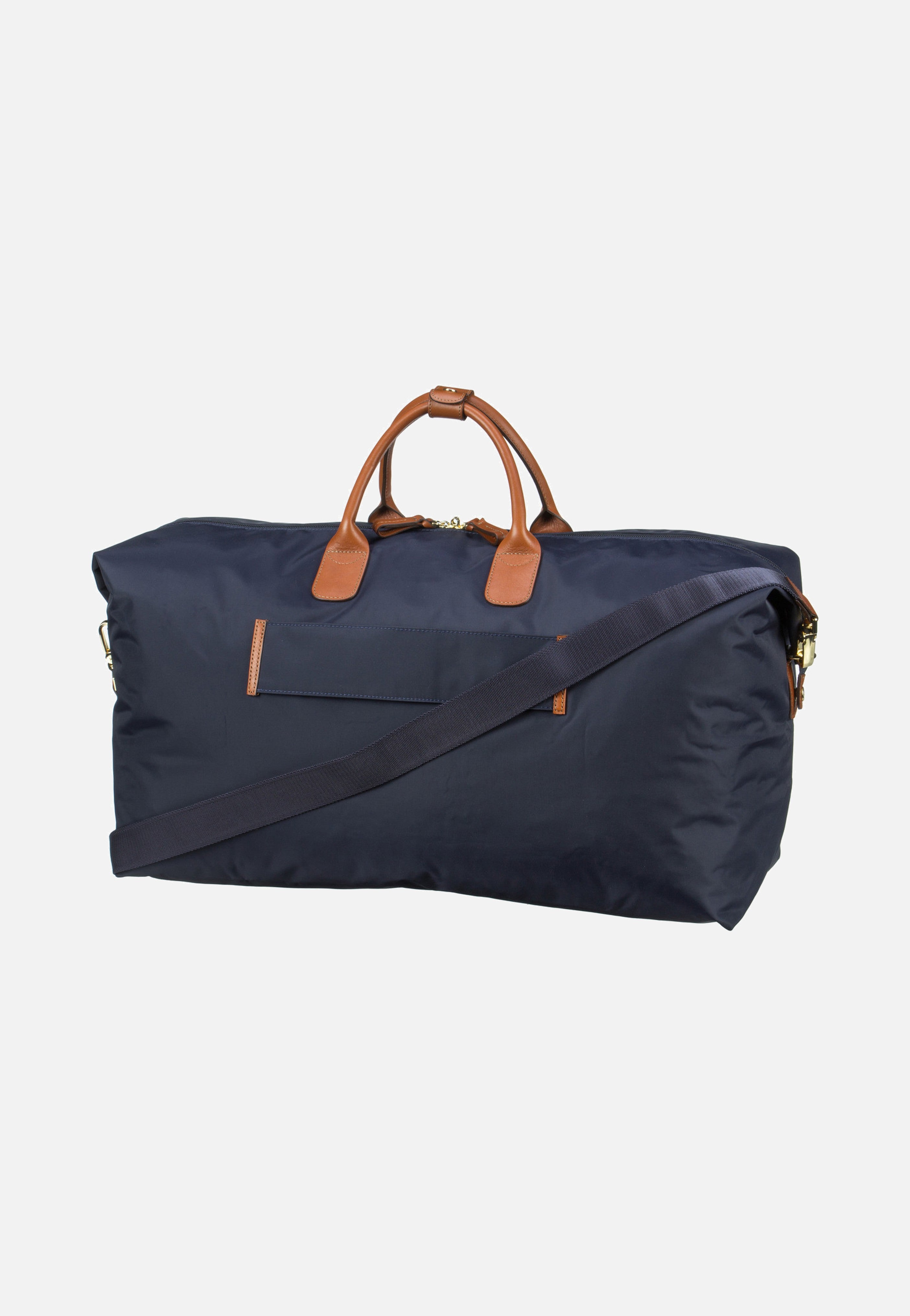In times of budget airlines, where often only carry-on luggage is included in the ticket price, it becomes increasingly important to know the allowed dimensions and weight for your carry-on. Additionally, airlines frequently have different rules regarding the size and weight of carry-on baggage. To ensure your suitcase passes security smoothly and you avoid extra fees, here are the key facts about carry-on dimensions. Below, you’ll also find an overview of various airlines’ regulations.
Our tip: Always check the dimensions of your suitcase at home well before your flight. Also, review your airline’s specific rules on carry-on weight and size.
What size is allowed for my carry-on? – The right suitcase size
There is no universal answer to the question, “How big can my carry-on be?” Airlines set their own size and weight limits for carry-on baggage.
However, the International Air Transport Association (IATA) provides a clear recommendation for maximum carry-on size, which most airlines use as a guideline. Your carry-on should not exceed 56 cm x 45 cm x 25 cm, as suitcase size is strictly controlled, especially on low-budget flights.
Important: Handles, side pockets, and wheels of your cabin suitcase are included in these measurements! It’s entirely up to you what kind of carry-on item you bring—suitcase, trolley, backpack, or small travel bag—as long as size and weight comply. The allowed size often depends on your booked fare and flight route. Usually, the dimensions are checked at check-in by placing your bag into a frame or box provided by the airline.
In addition to your carry-on (suitcase or weekender), many airlines allow one additional personal item in the cabin, such as small handbags or laptop bags, baby carriers or car seats, as well as mobility aids like wheelchairs or crutches.
How heavy can my carry-on be? – The appropriate suitcase weight
There is no general answer regarding carry-on weight either. According to IATA, some airlines limit carry-on weight to as little as 5 kg, though 8 kg is more common. Our advice: Although aluminum suitcases are sturdy and durable, they weigh more than other materials. So, alongside size, always weigh your suitcase using a luggage scale.
What happens if my suitcase exceeds the size or weight limits?
If your suitcase exceeds the allowed dimensions, you will face significant fees. Oversized carry-on luggage must be checked in as hold baggage, which incurs charges. Depending on the zone, fees can be up to €300. If your bag is overweight or too large, excess baggage fees typically range from €10 to €30 per kilogram.
Overview of dimensions and weight: How do I find carry-on regulations for different airlines?
Since carry-on size and weight rules change frequently across many airlines, we recommend visiting https://www.sorglosfliegen.de/handgepaeck-erlaubte-masse-und-gewicht. This site keeps an updated overview of all airlines’ carry-on size rules. Very practical, in our opinion!
What else should definitely go in your carry-on and what belongs in checked luggage?
Find out in our carry-on checklist. Still looking for the perfect cabin trolley? Browse through our carefully measured and pre-sorted carry-on selection in our online shop.
Prefer to buy your luggage in person and get expert advice? We look forward to welcoming you at one of our store locations in Leipzig or Dresden. Our trained staff have extensive know-how about the allowed weight and size of carry-on luggage.
